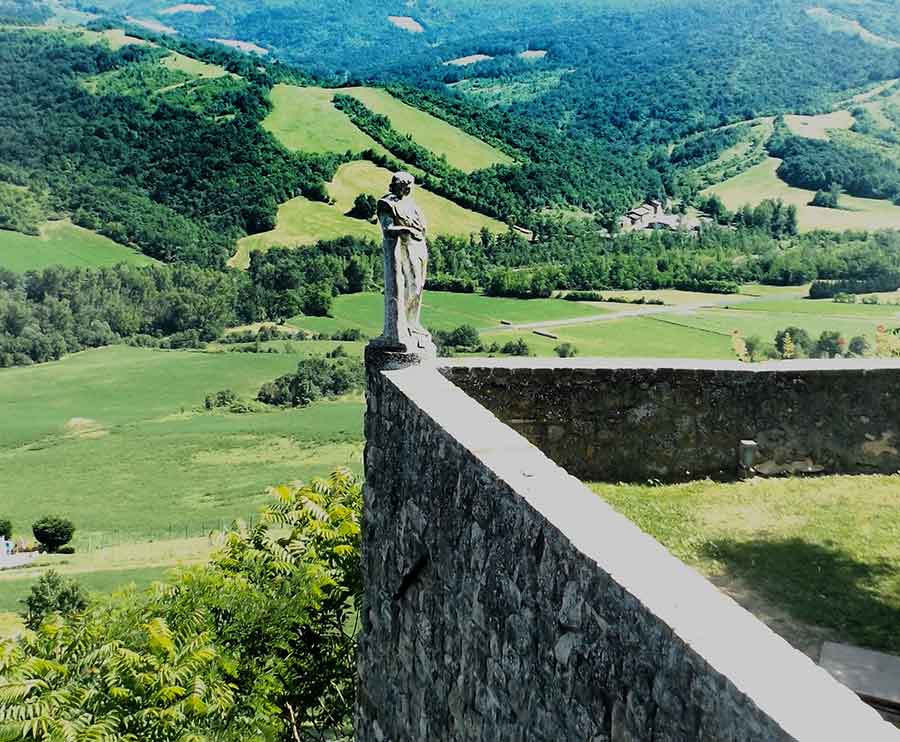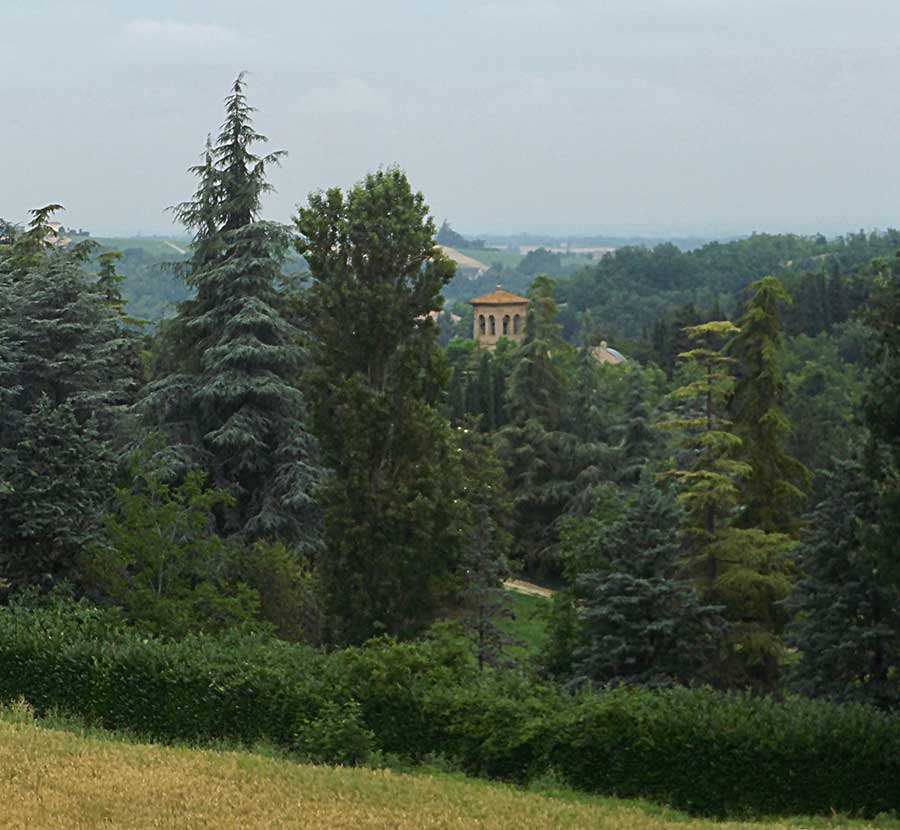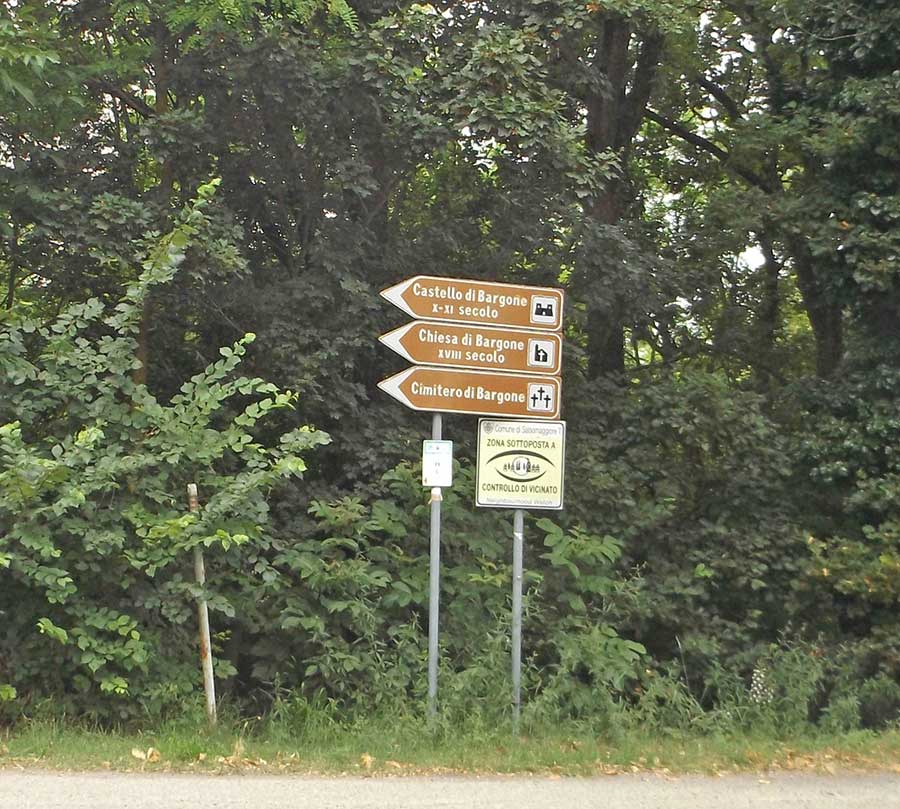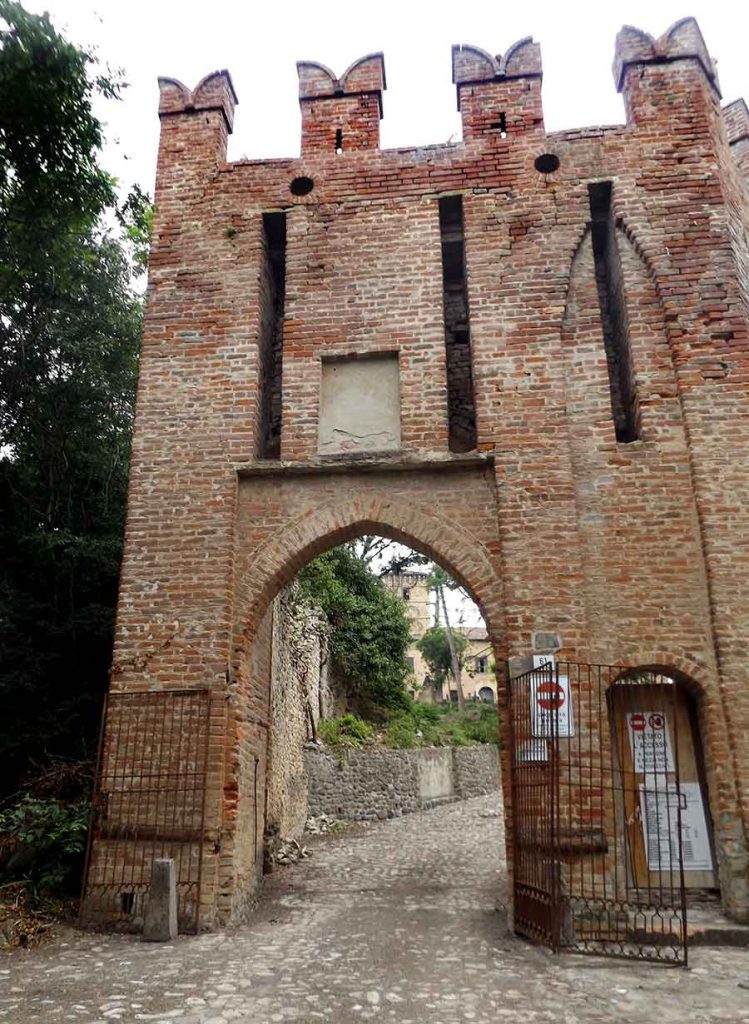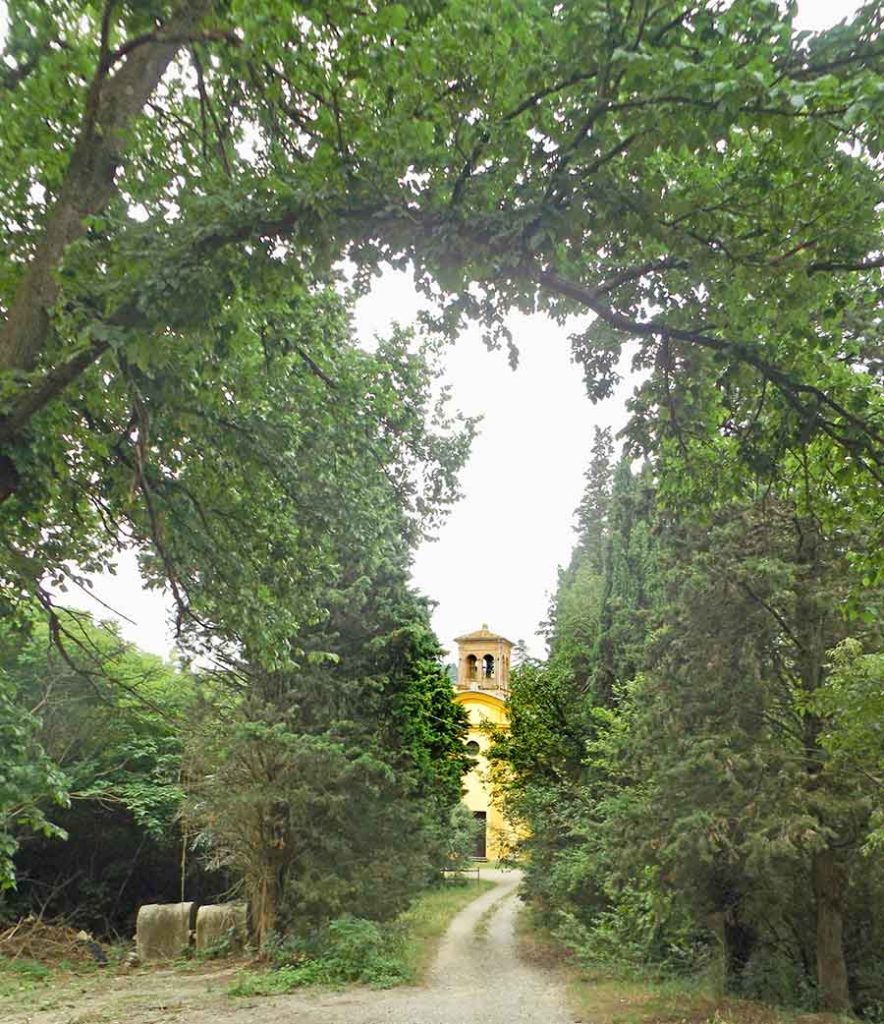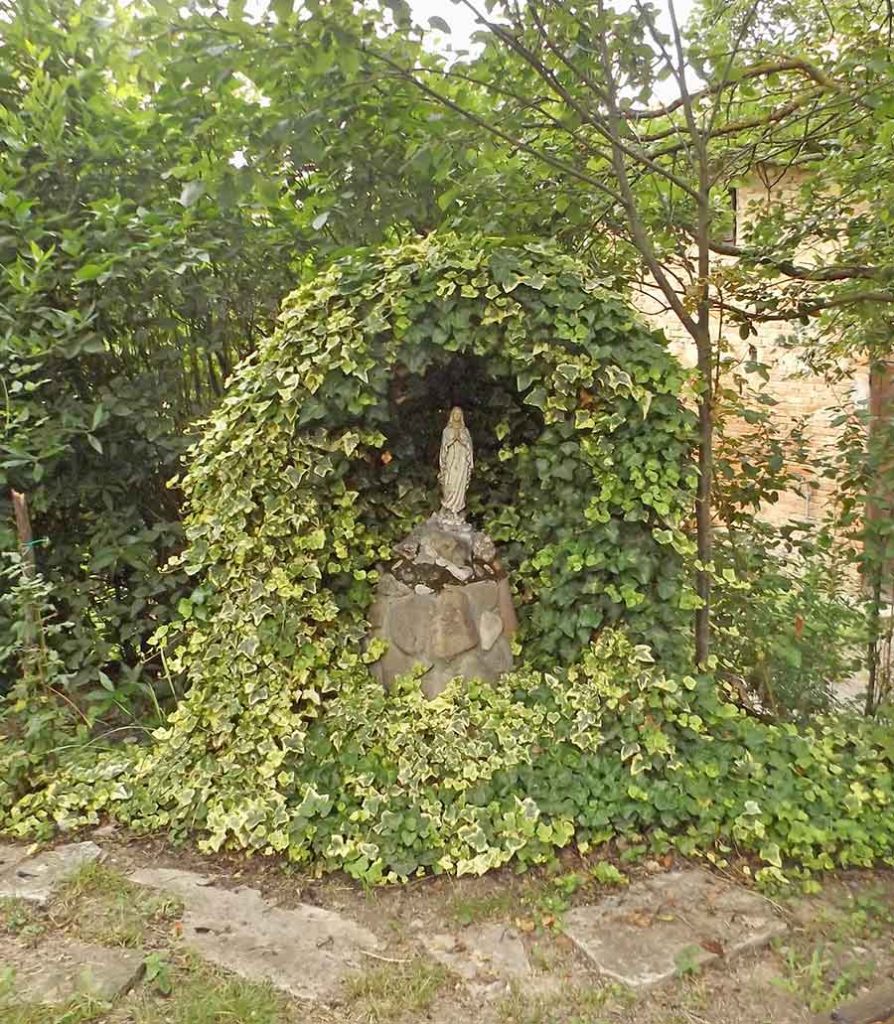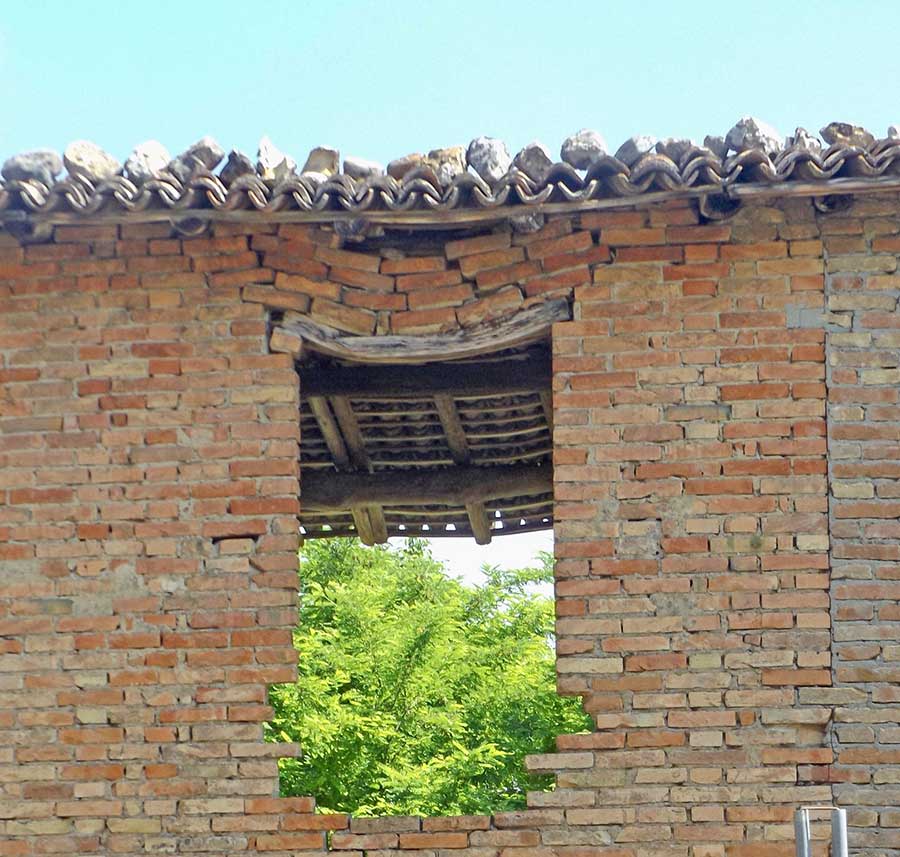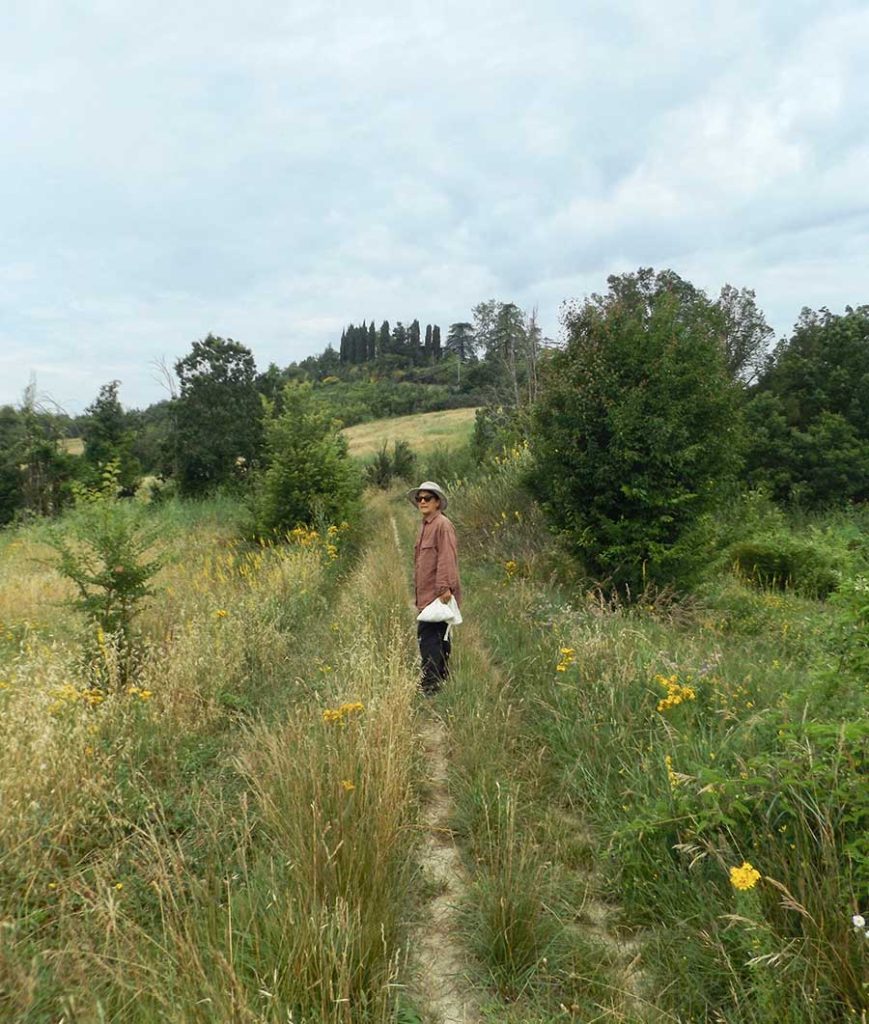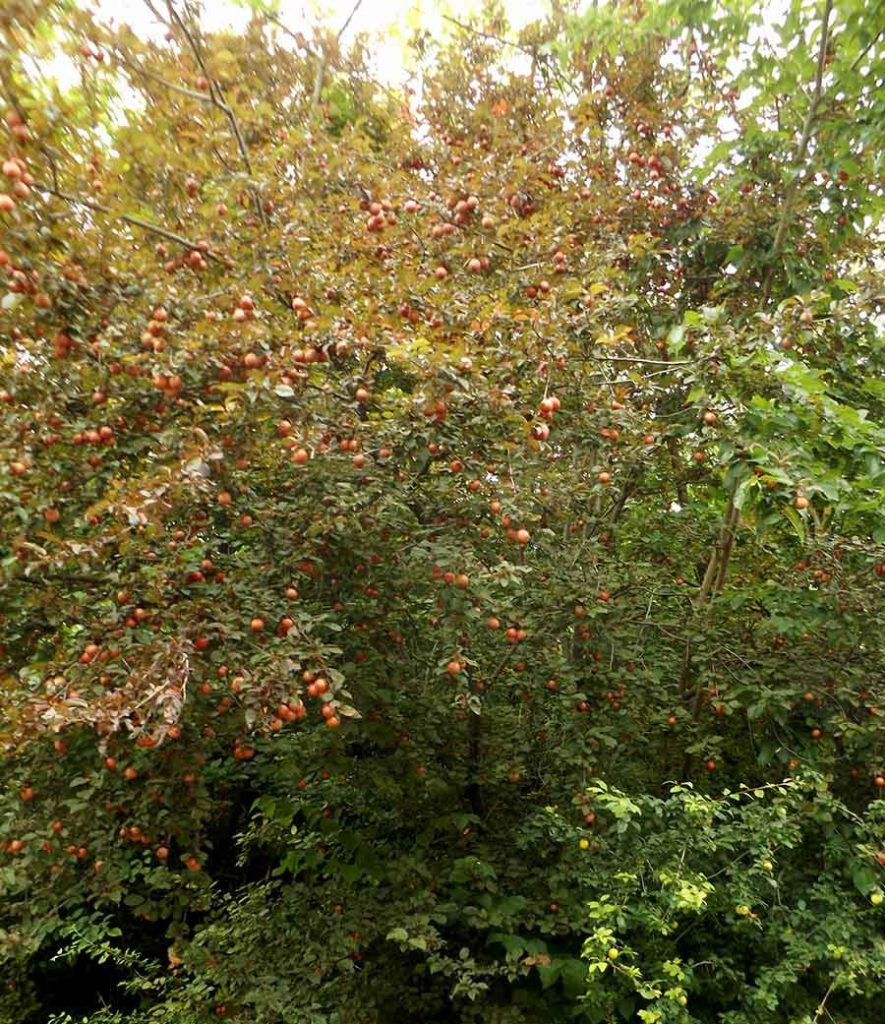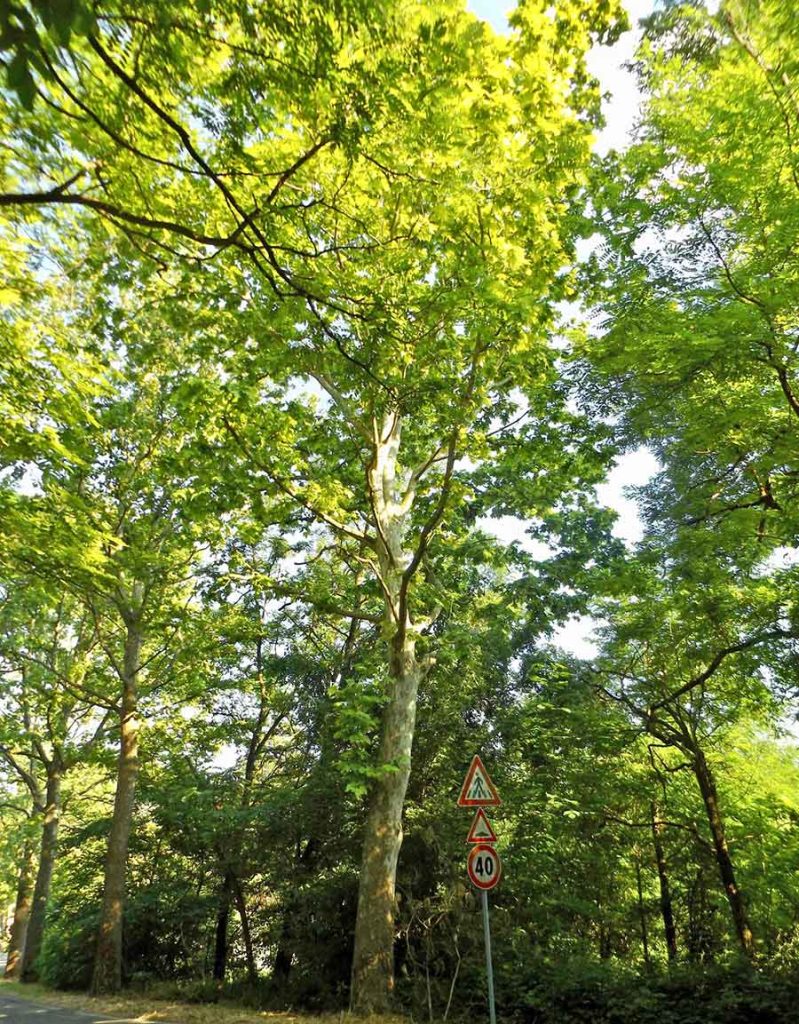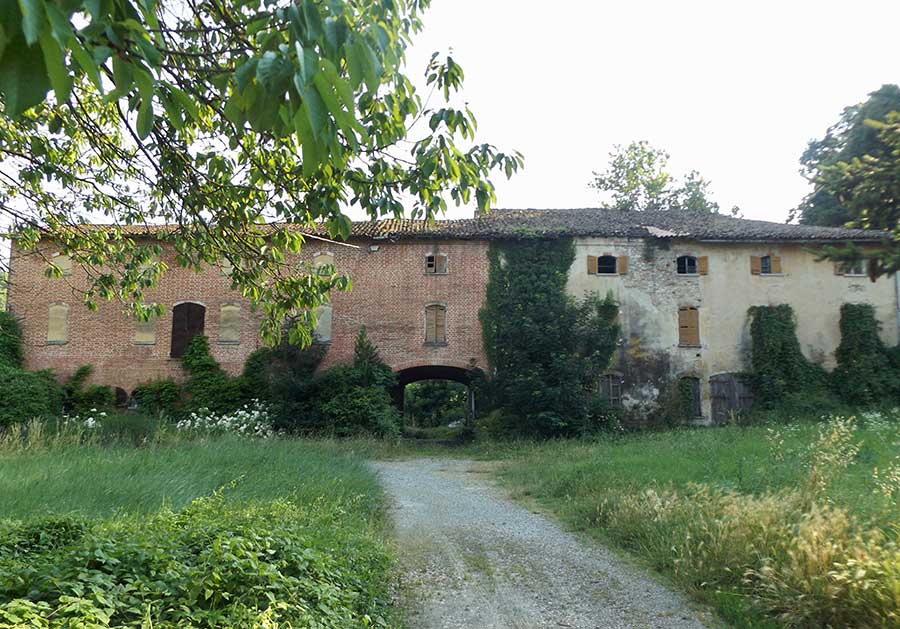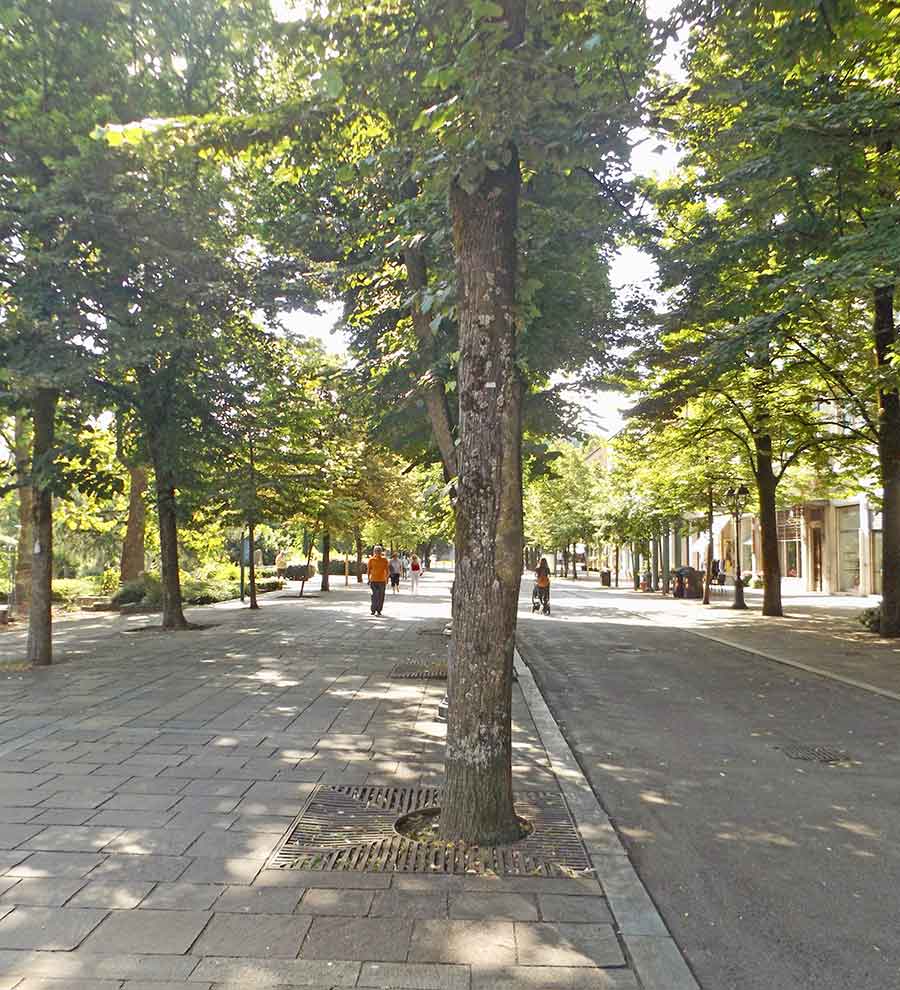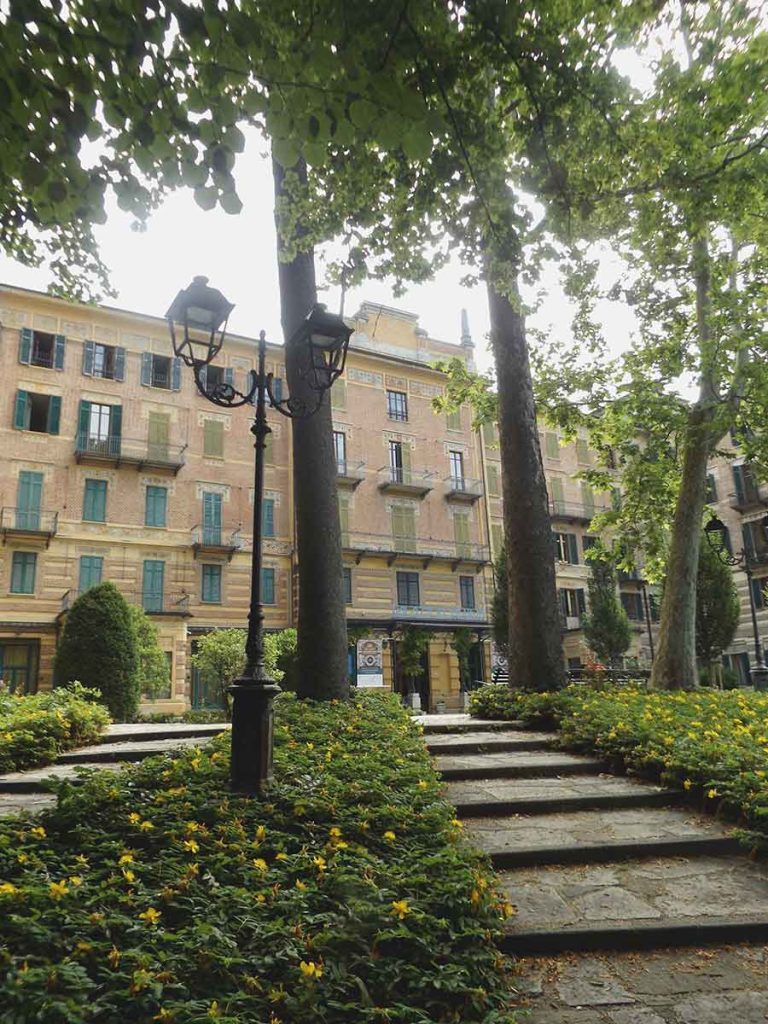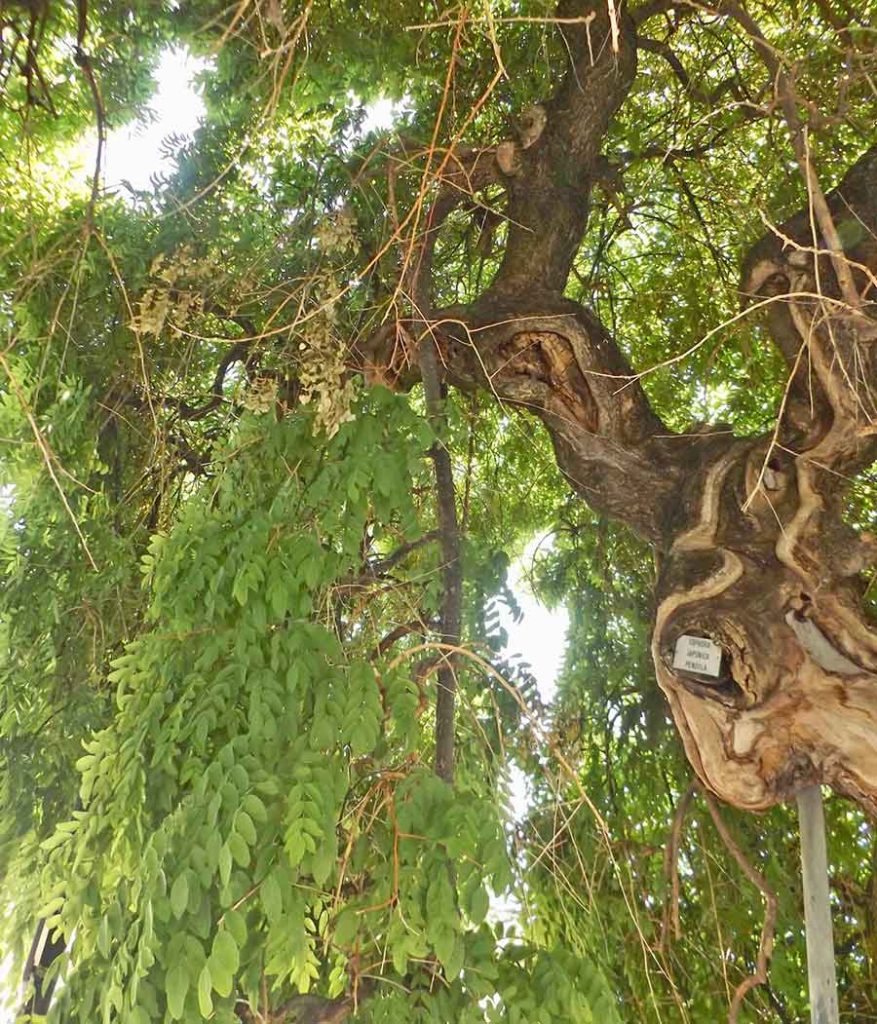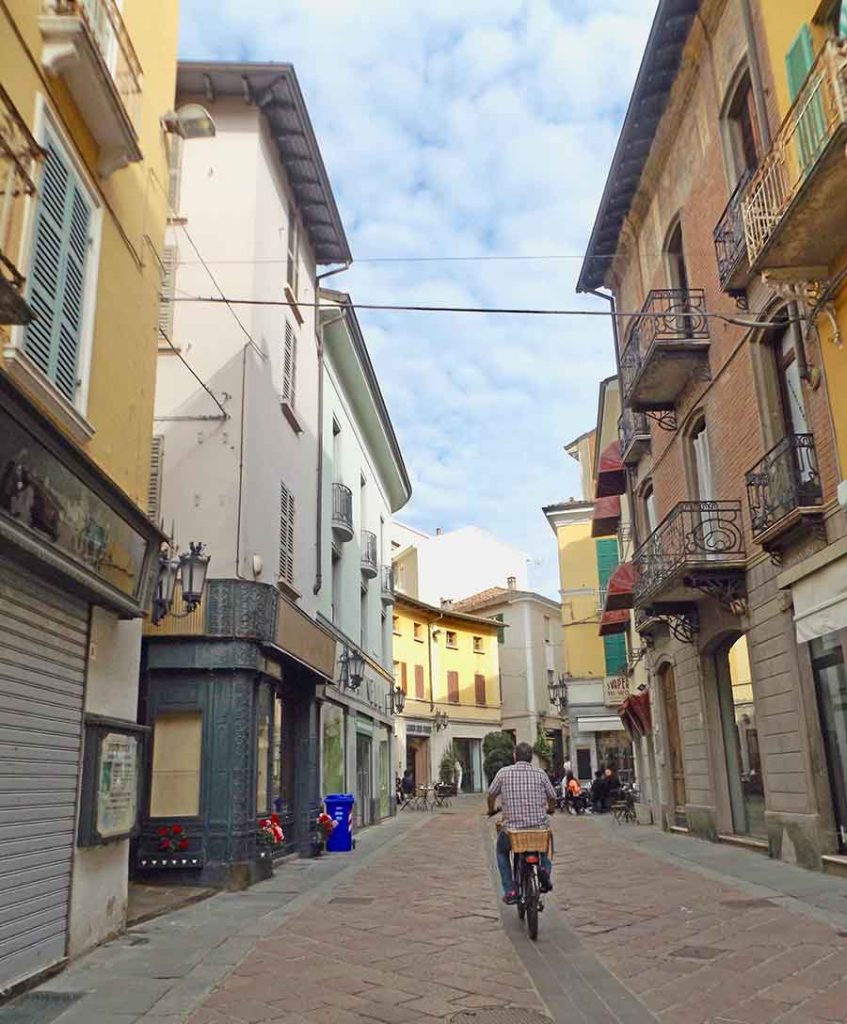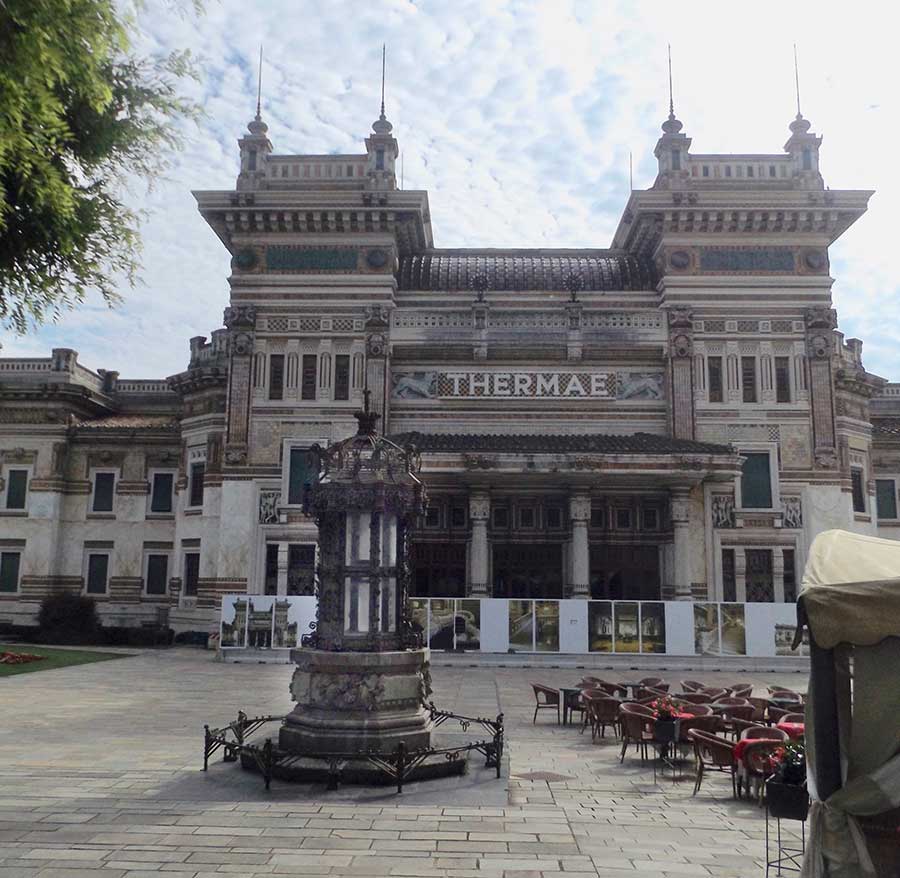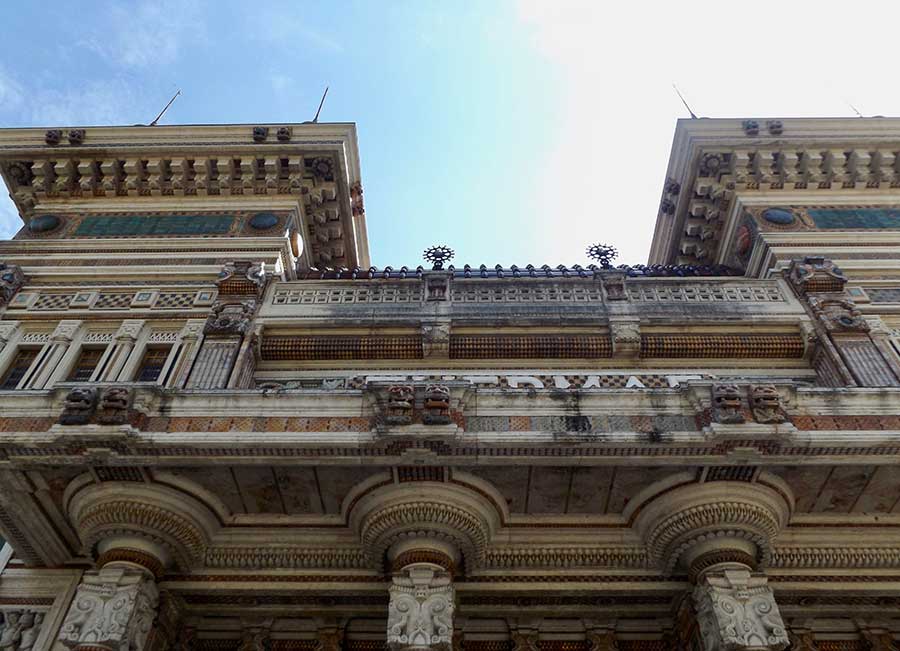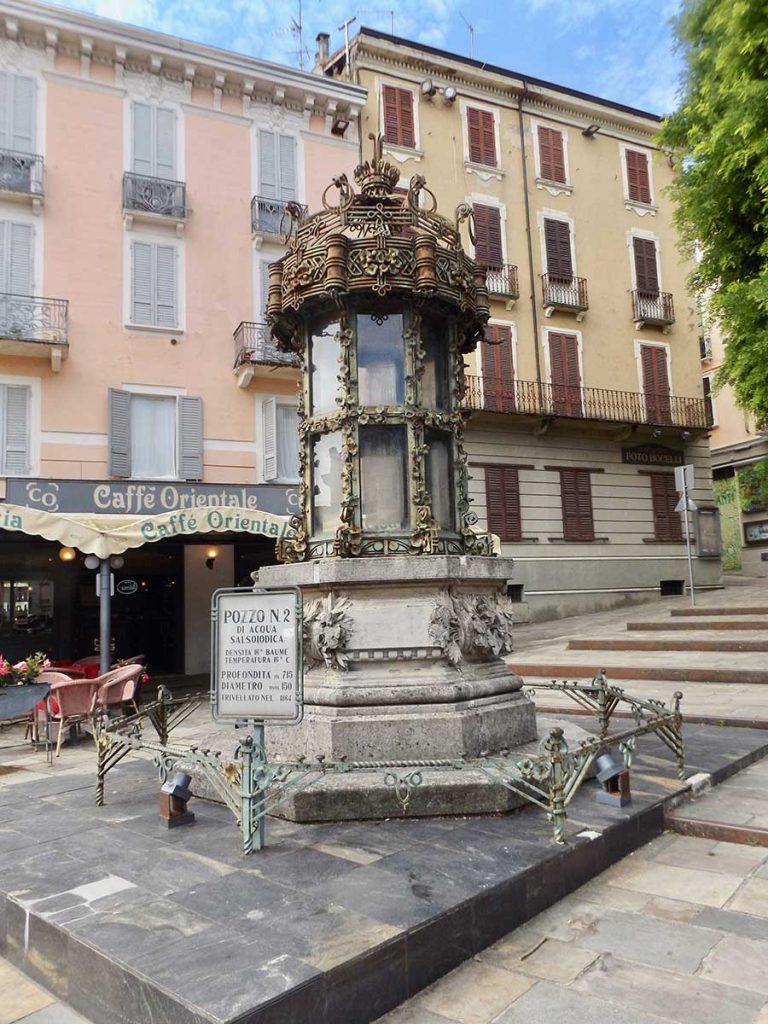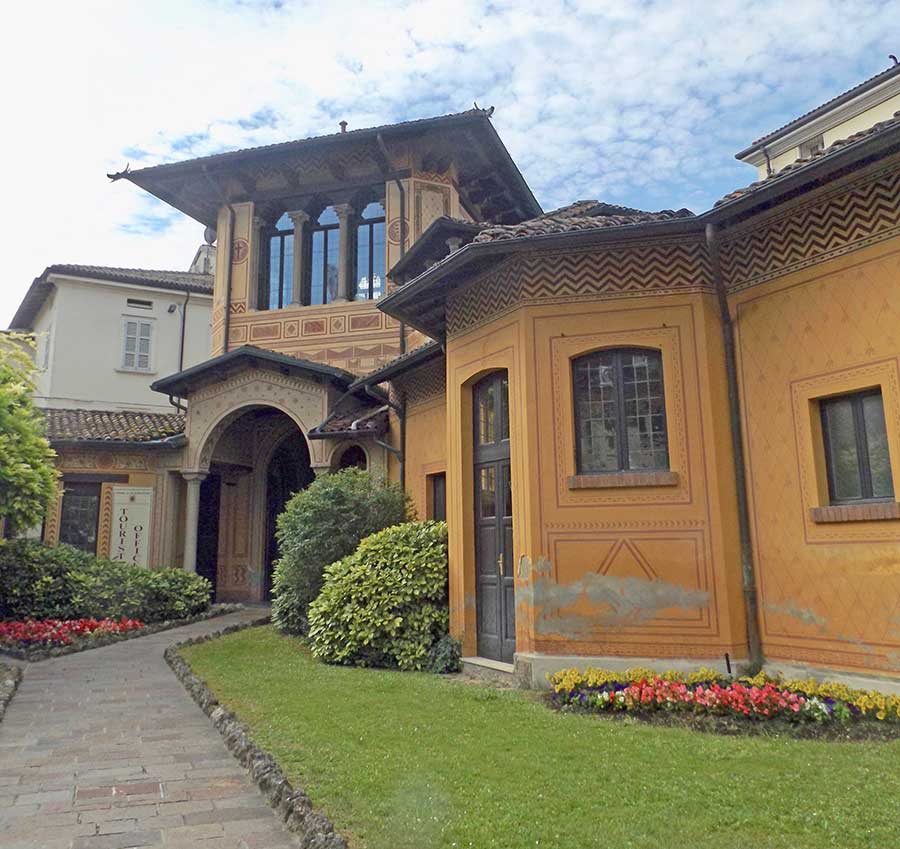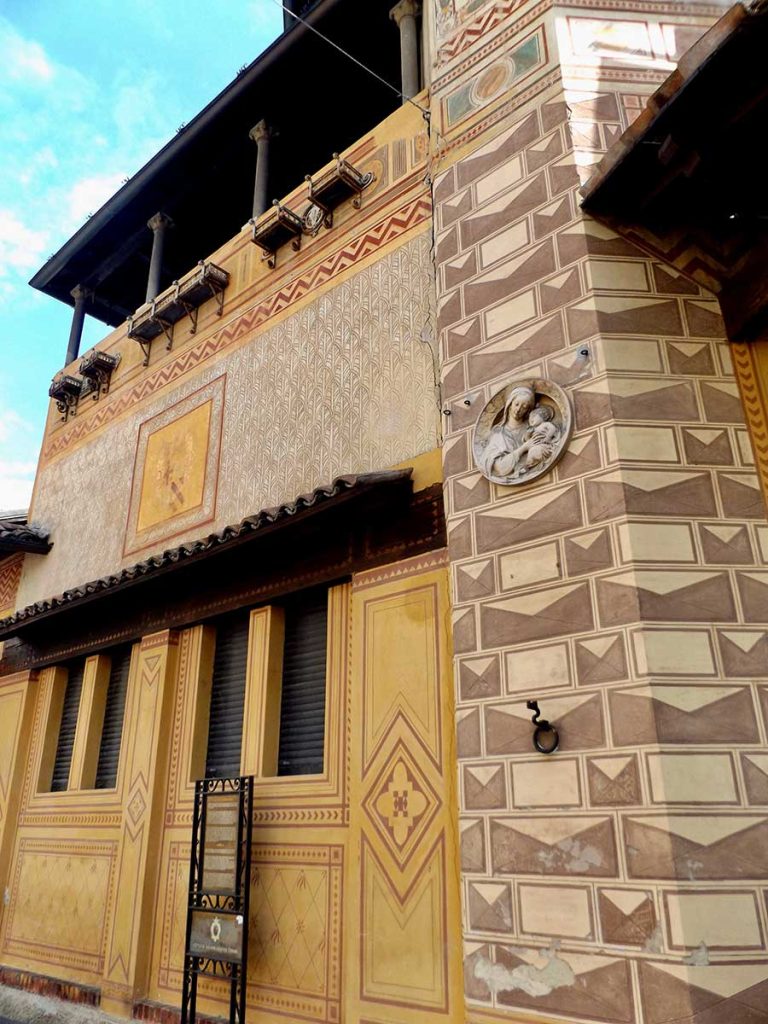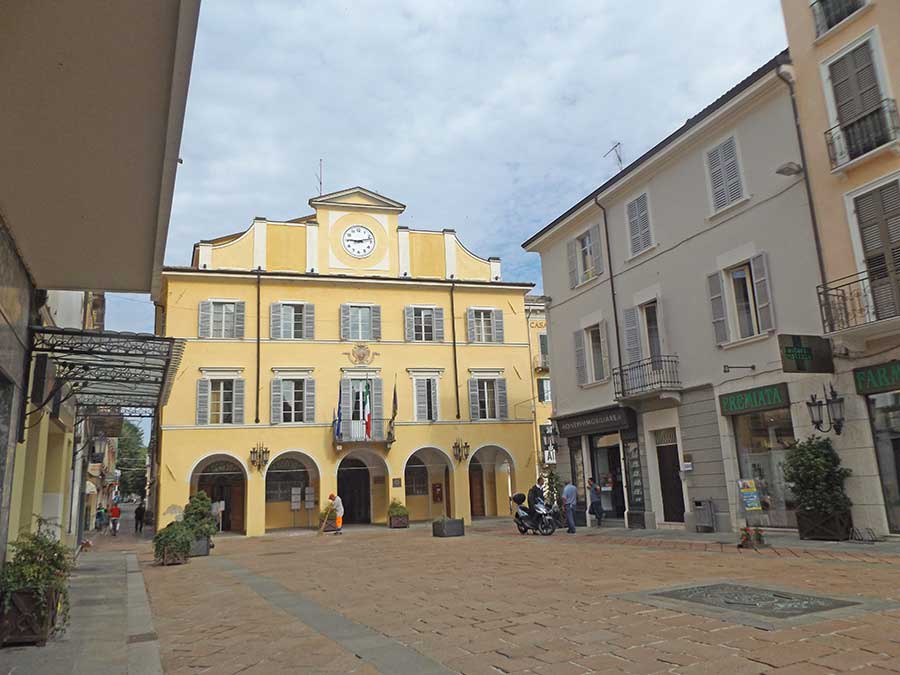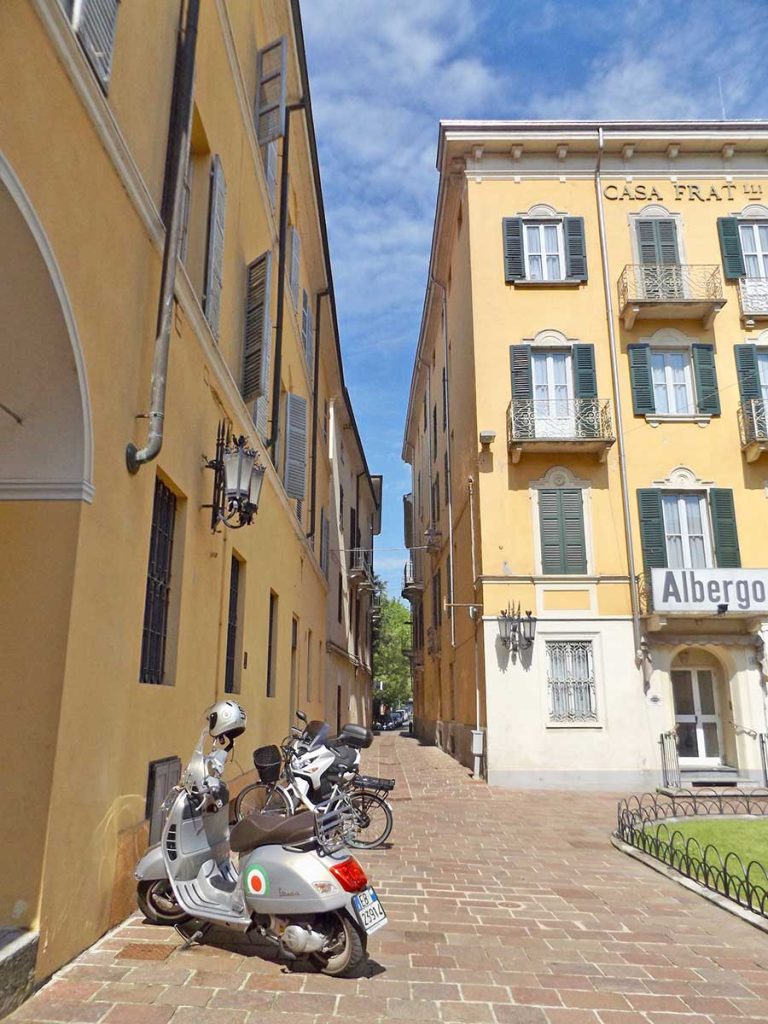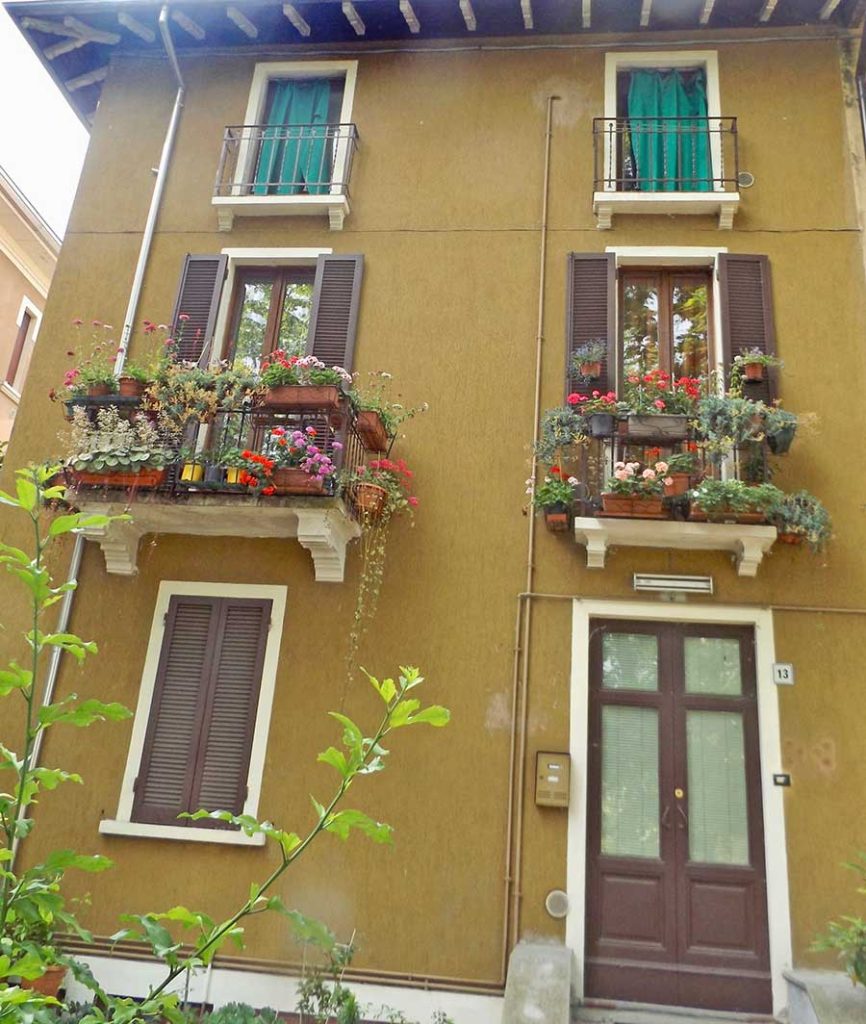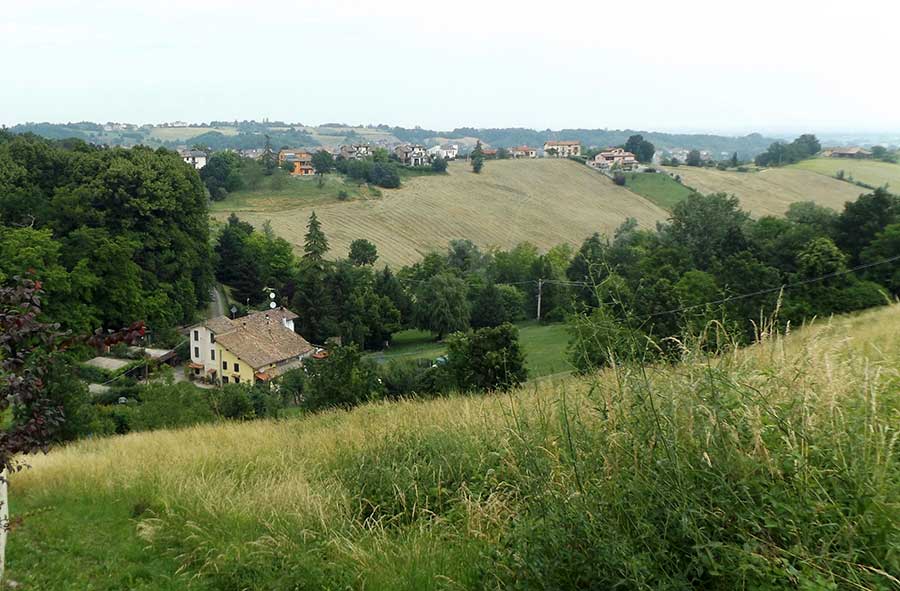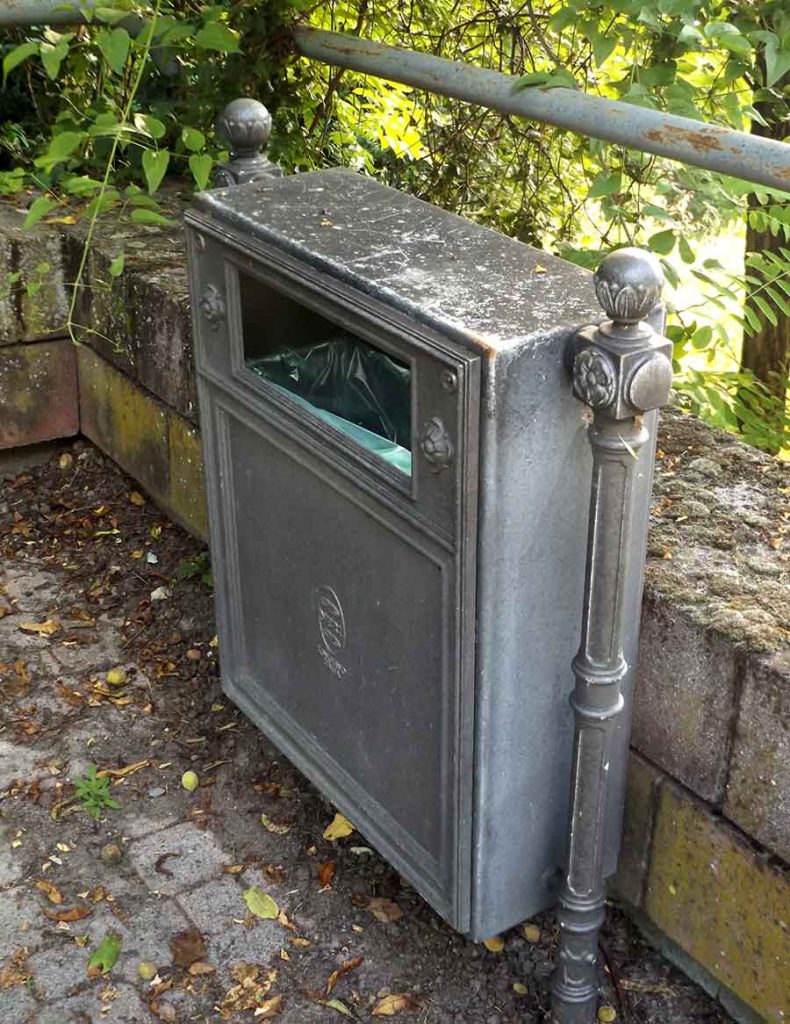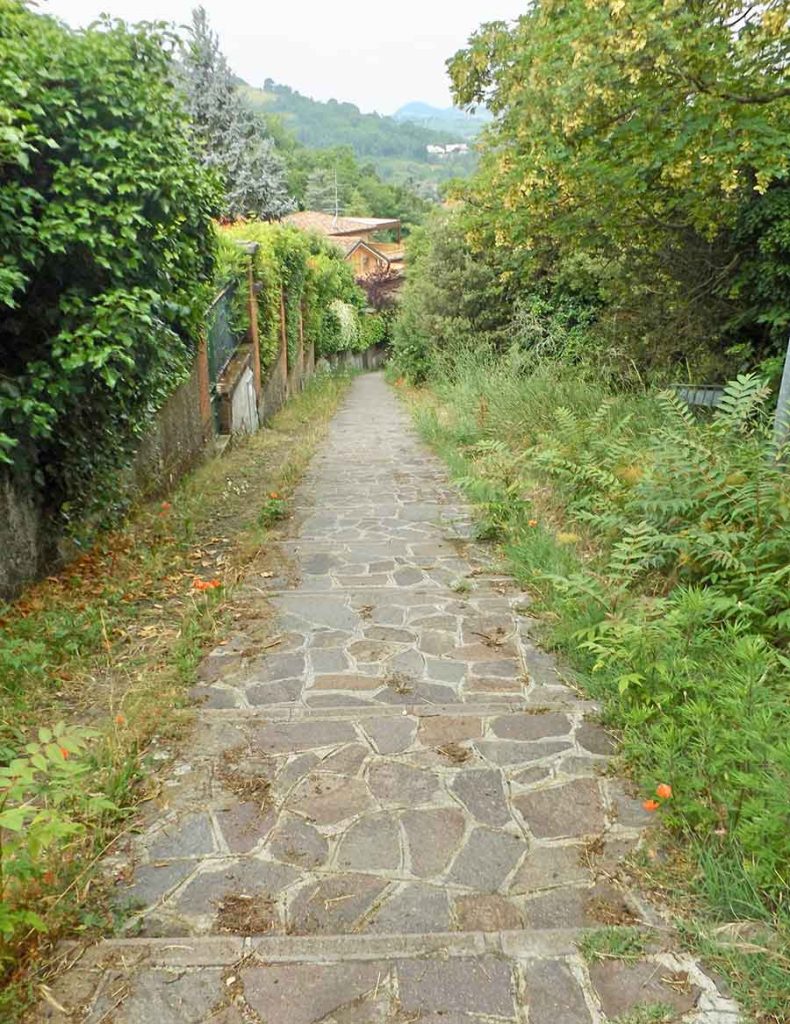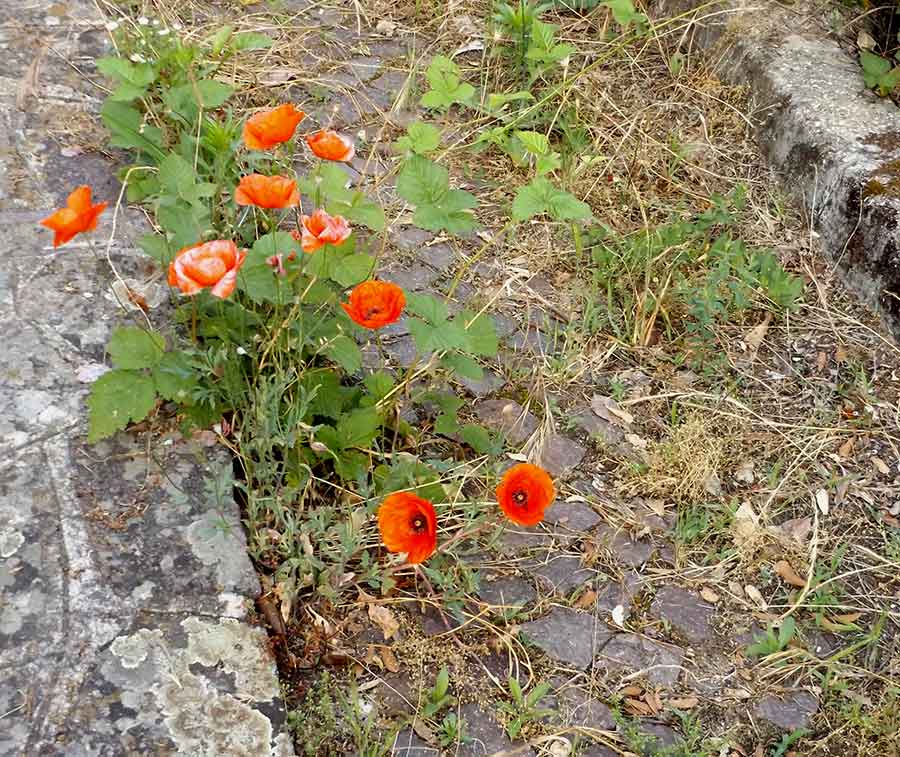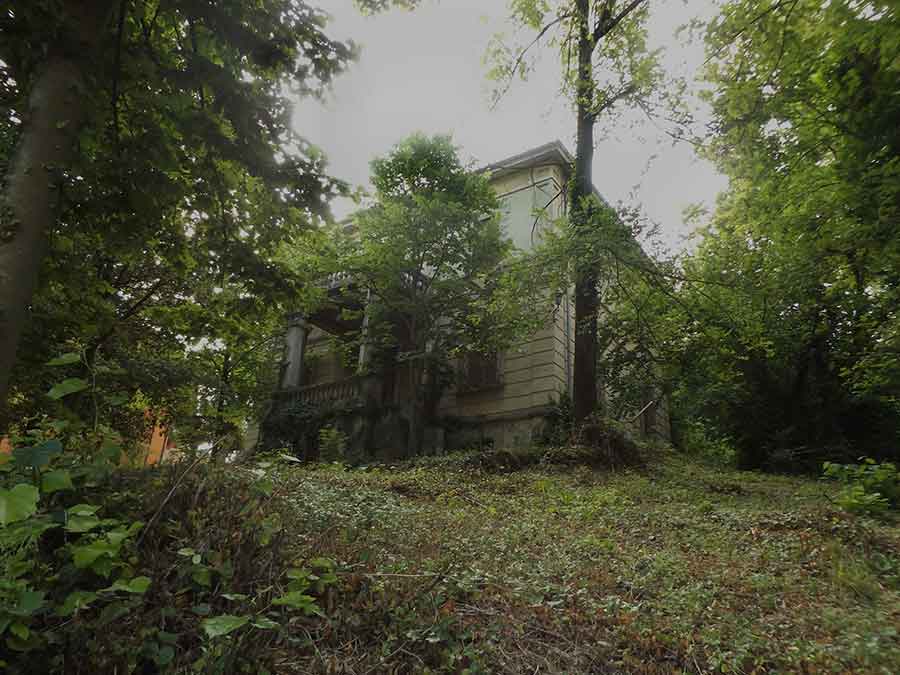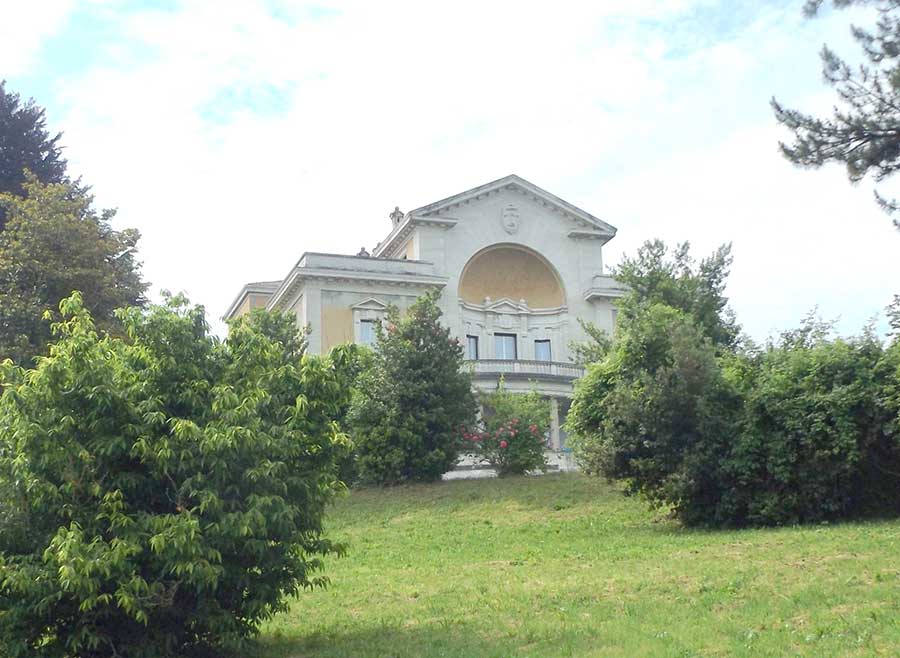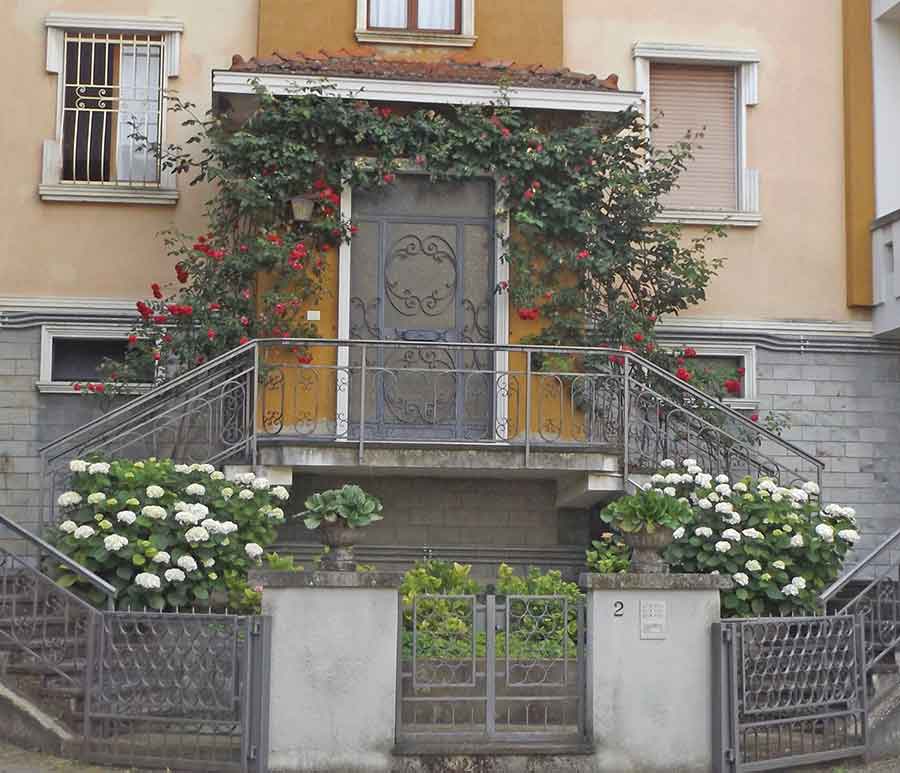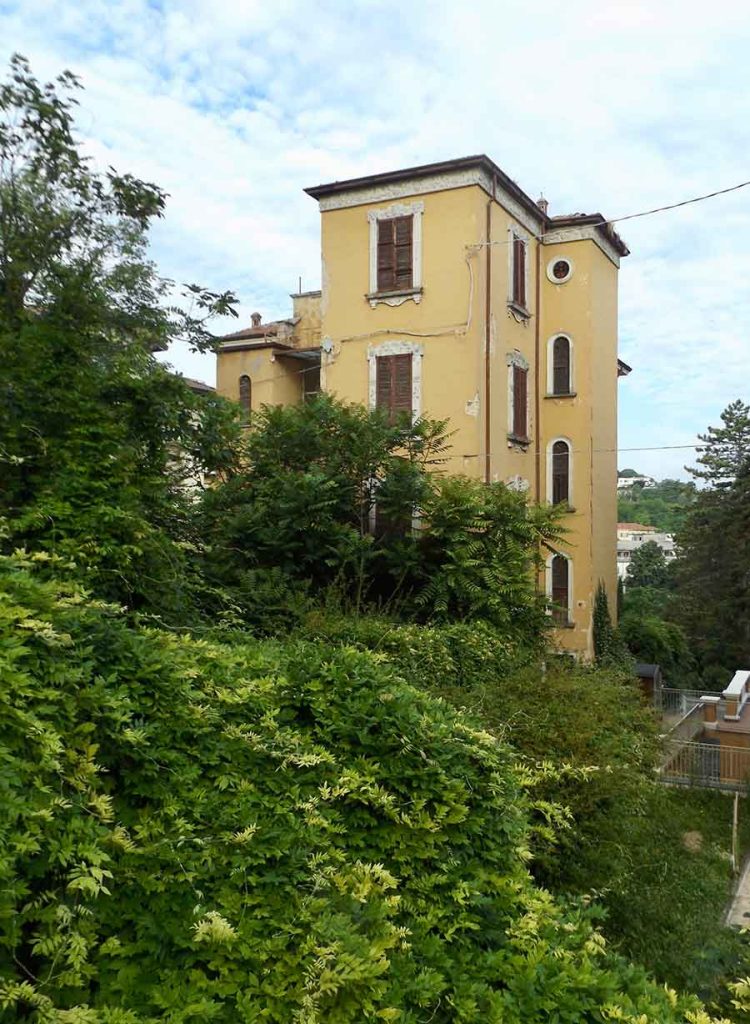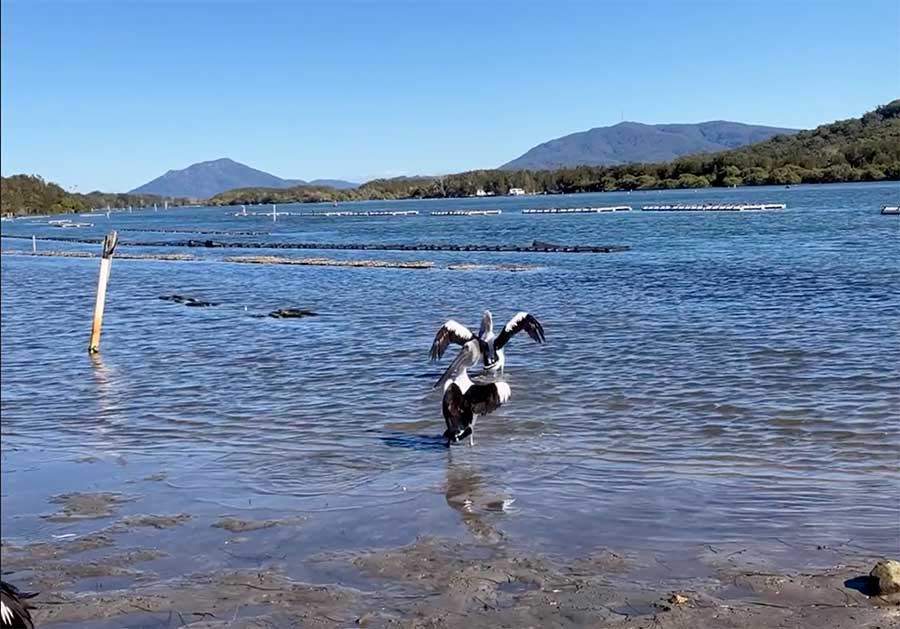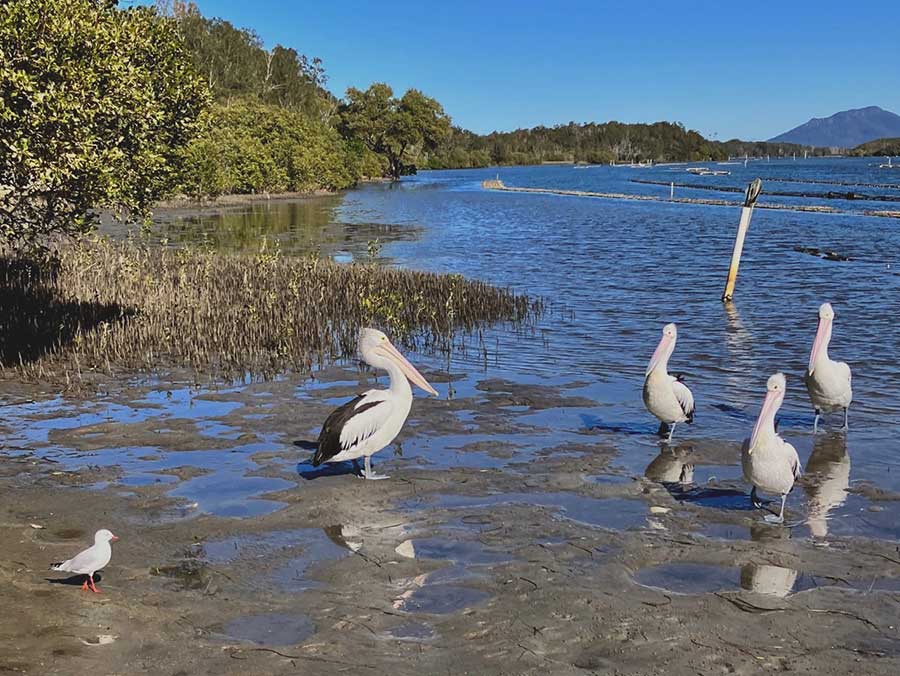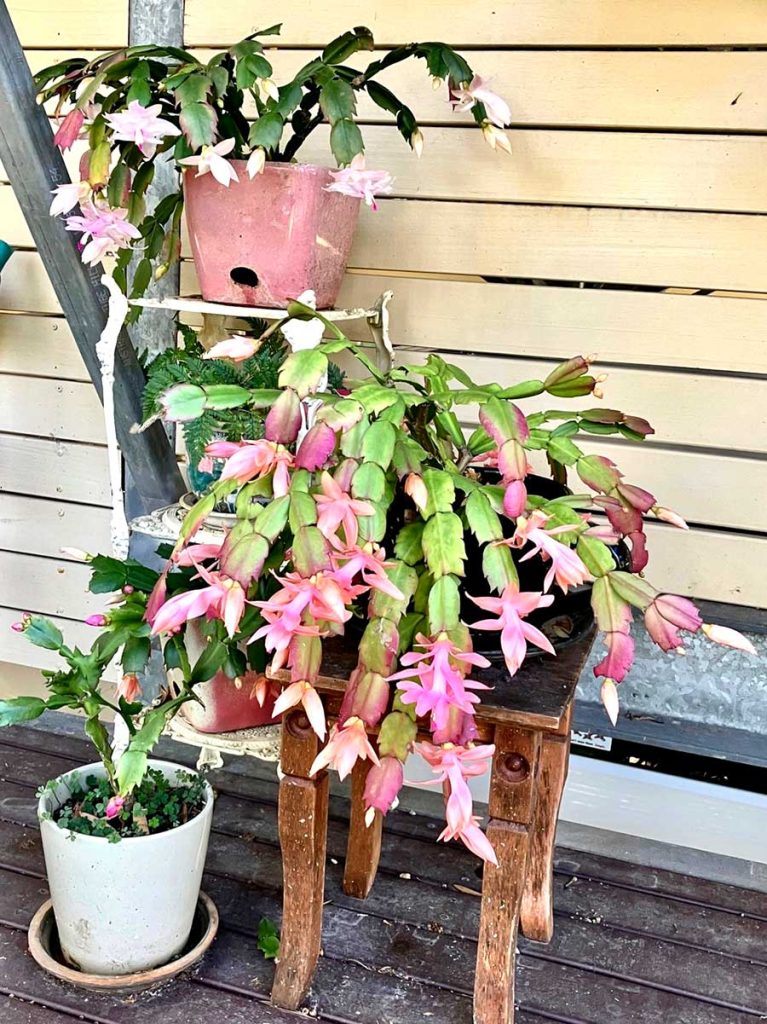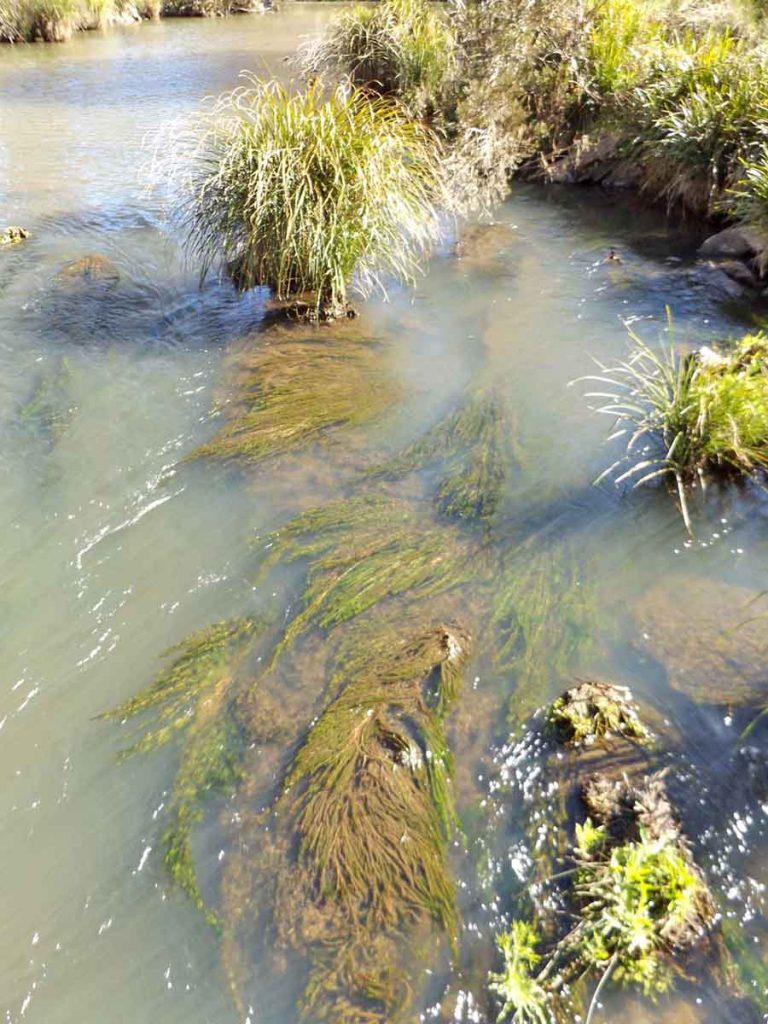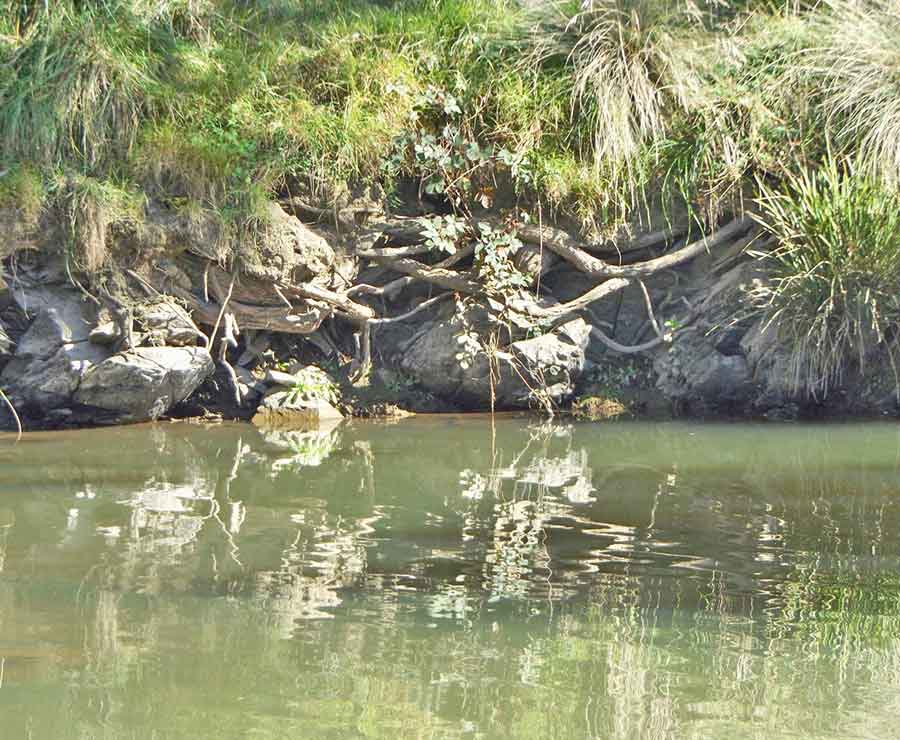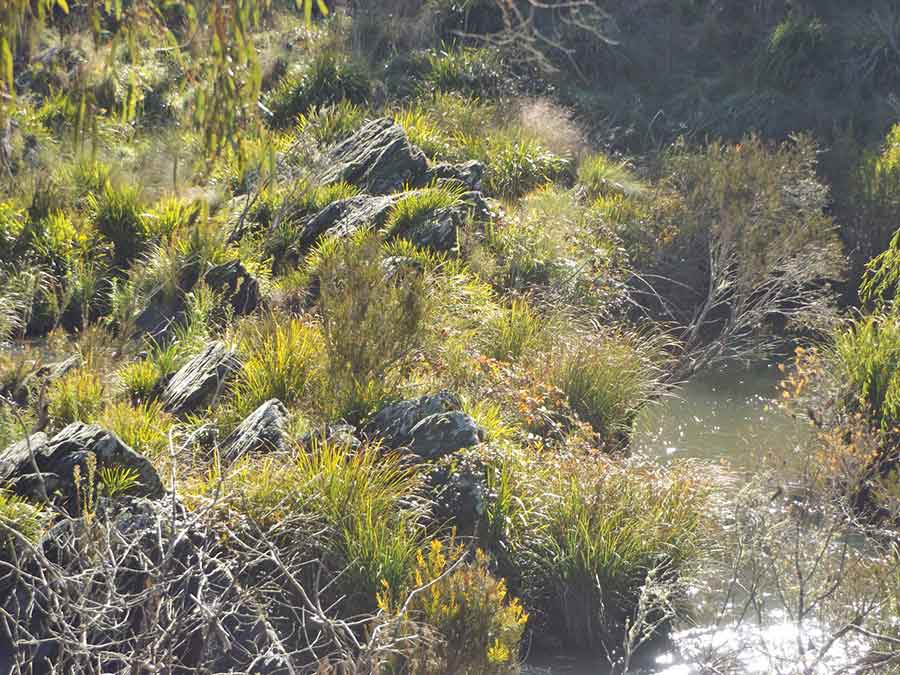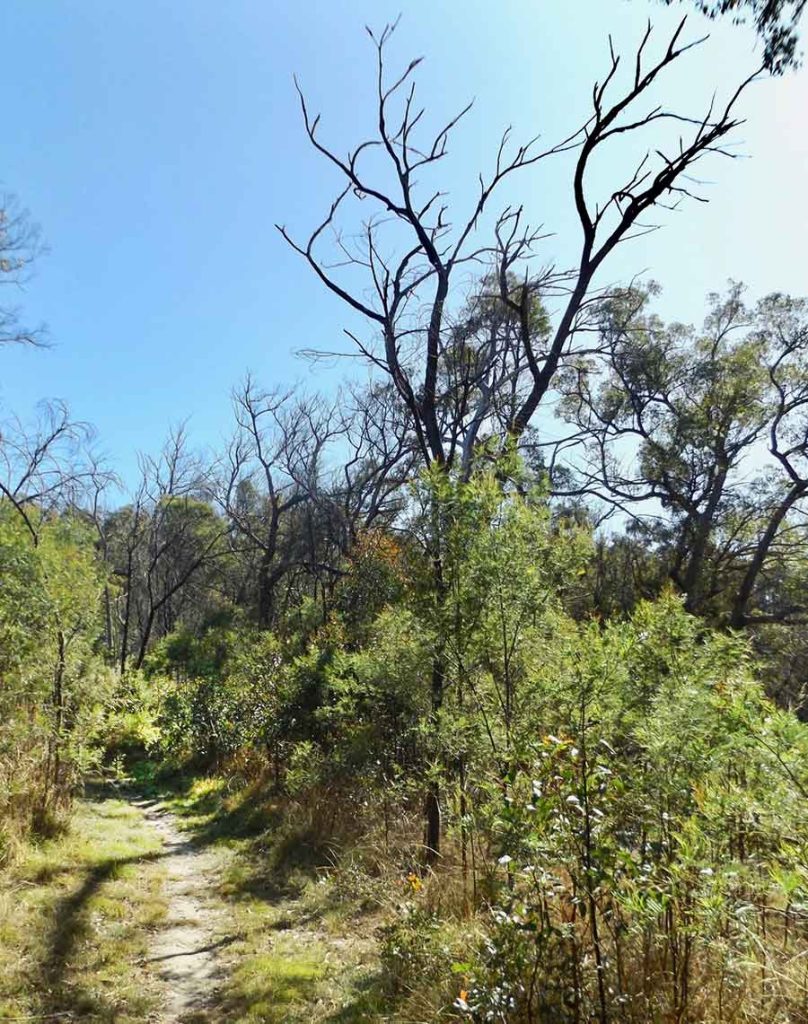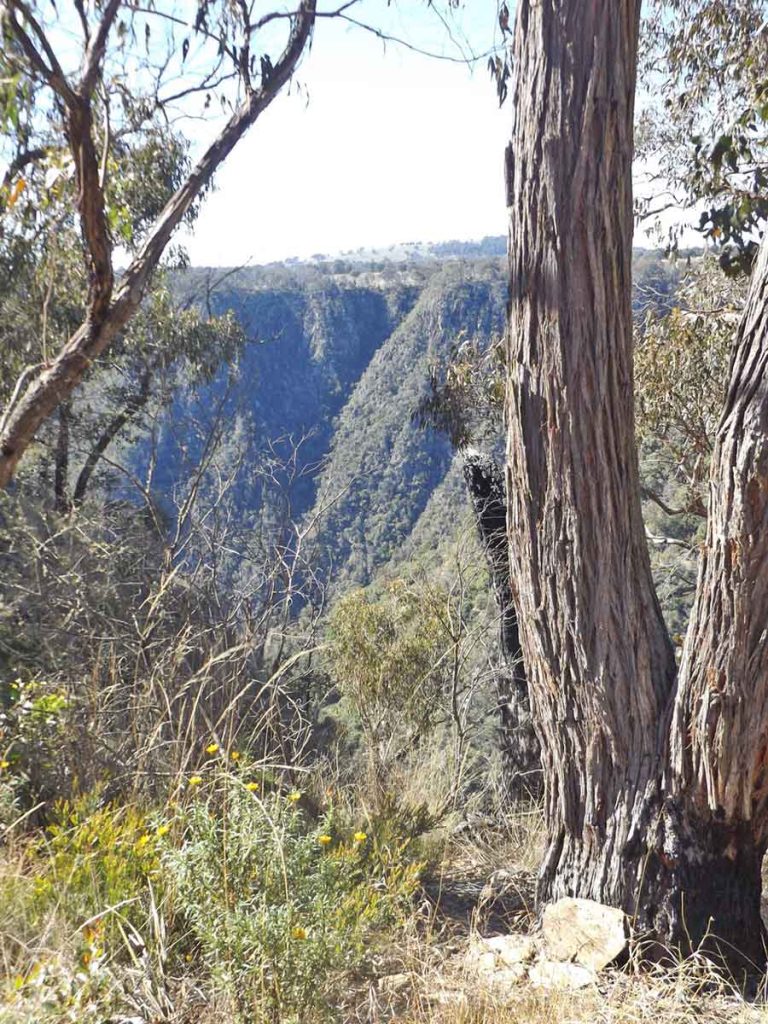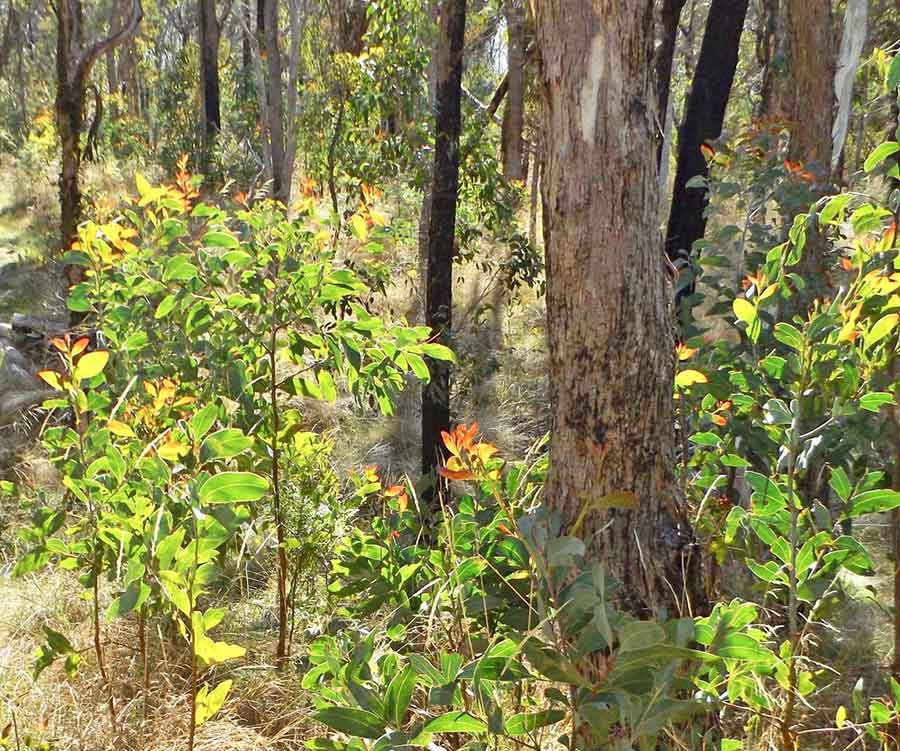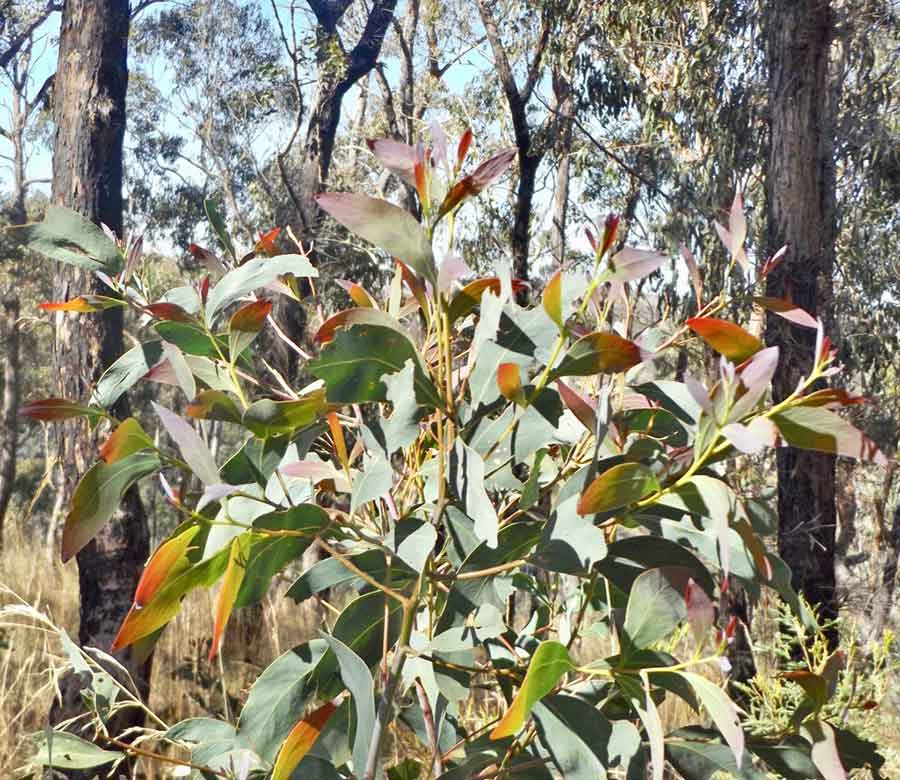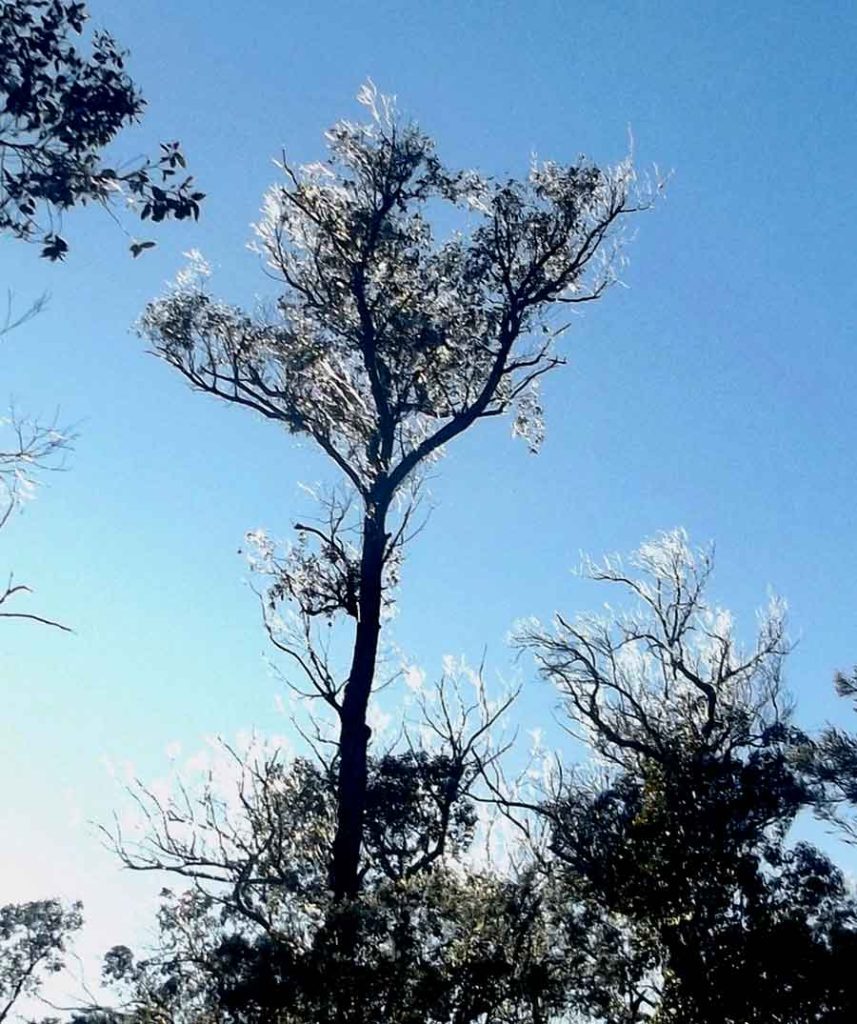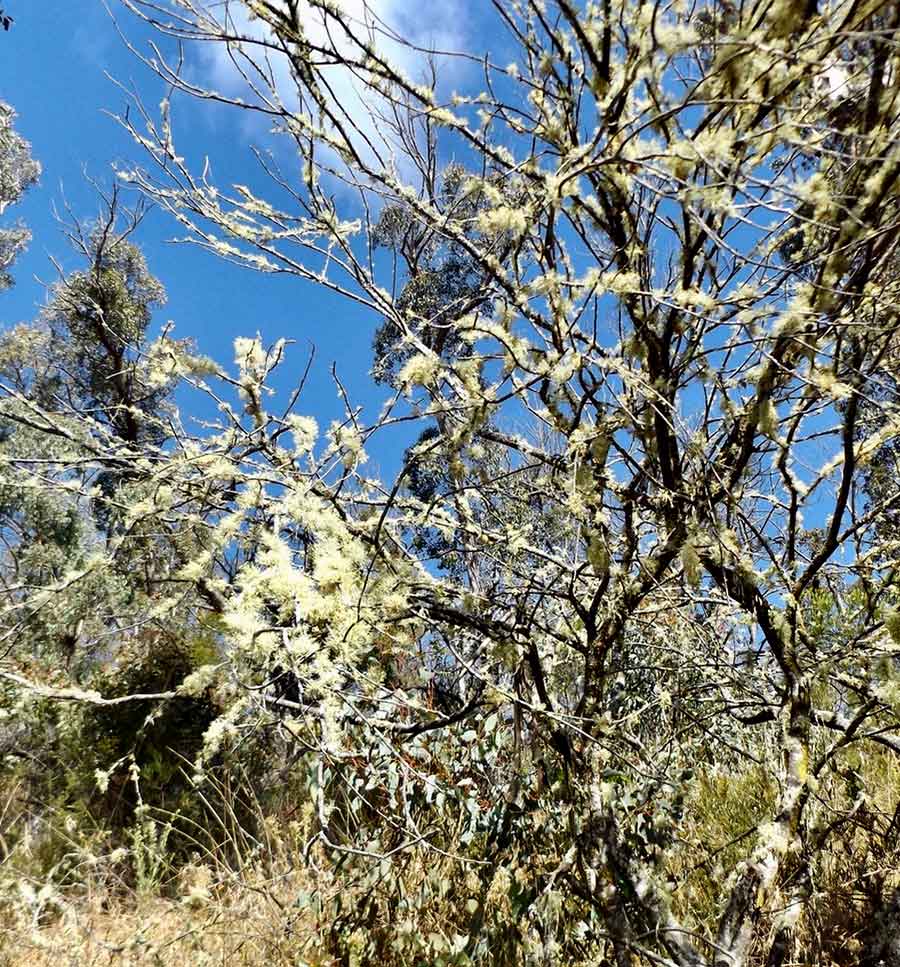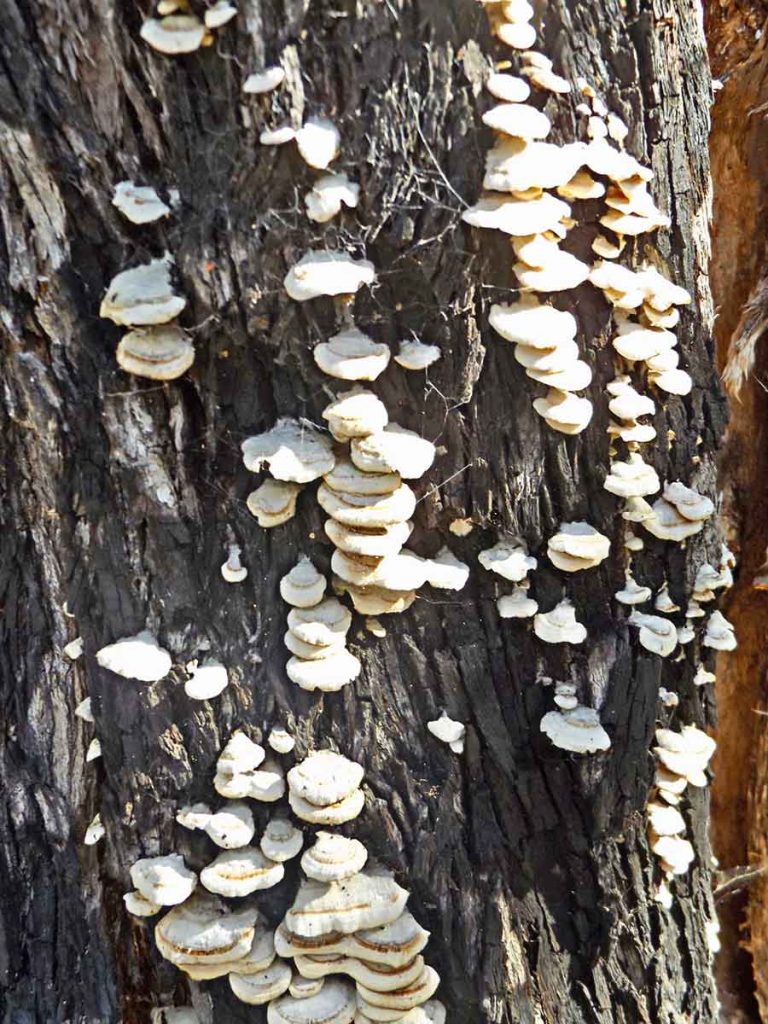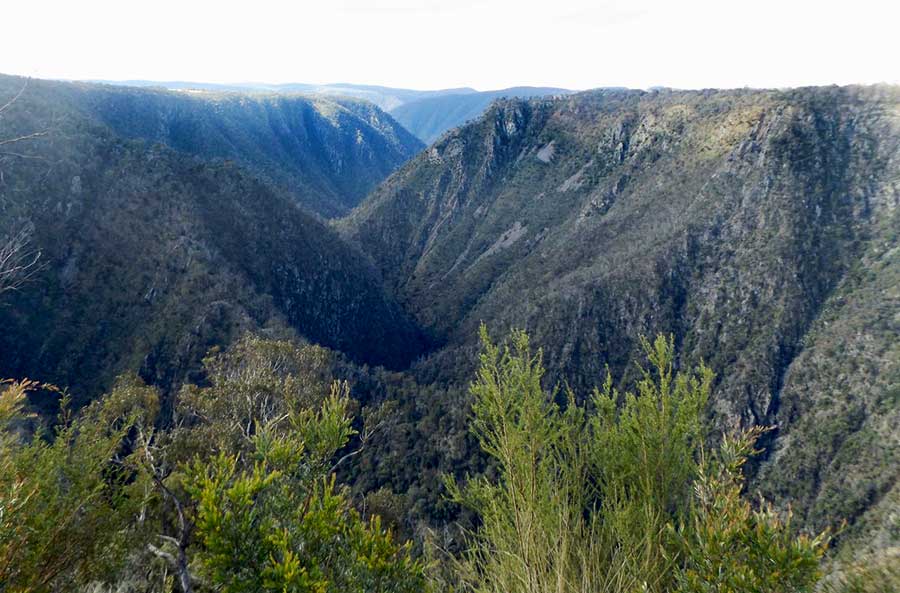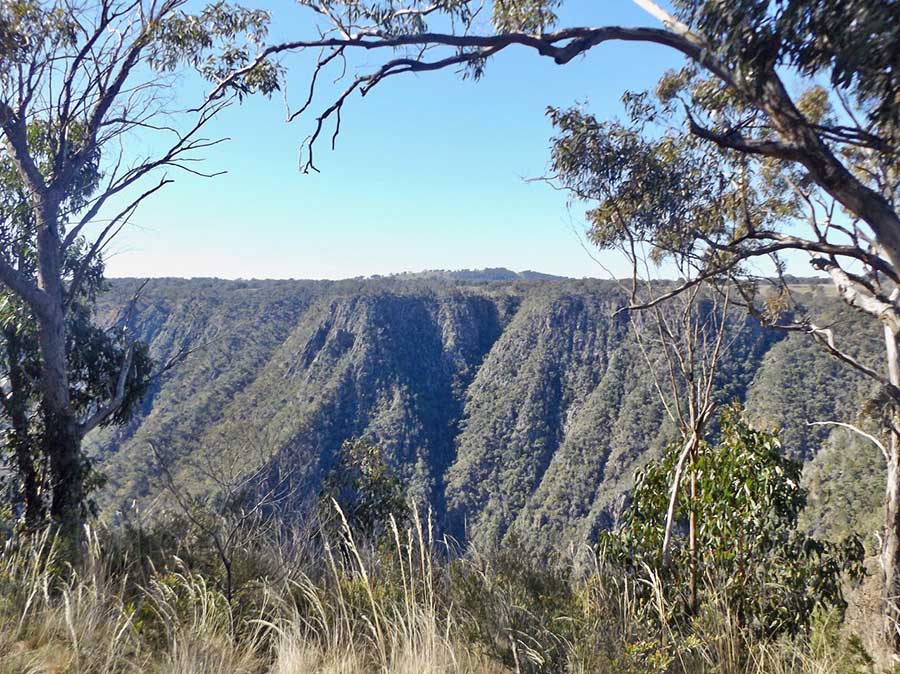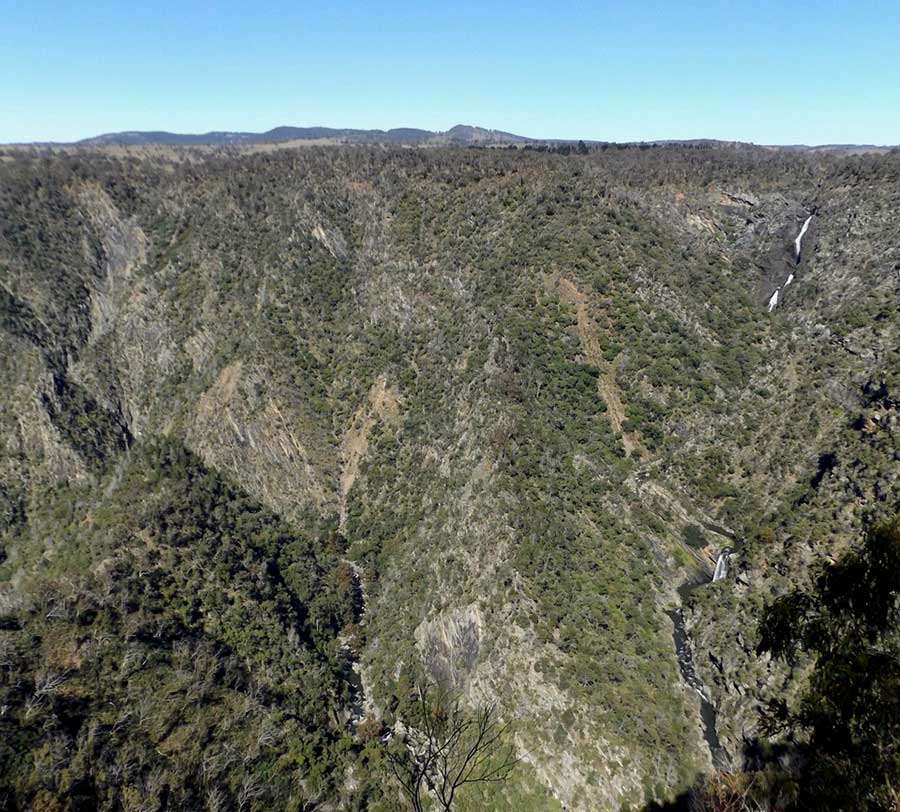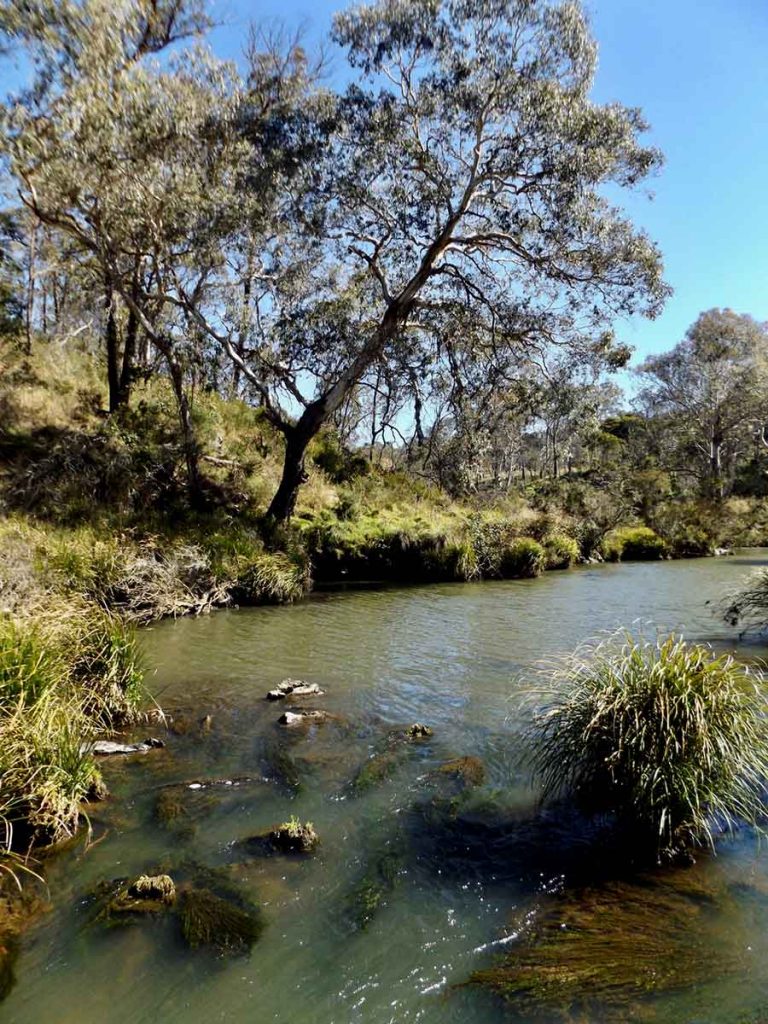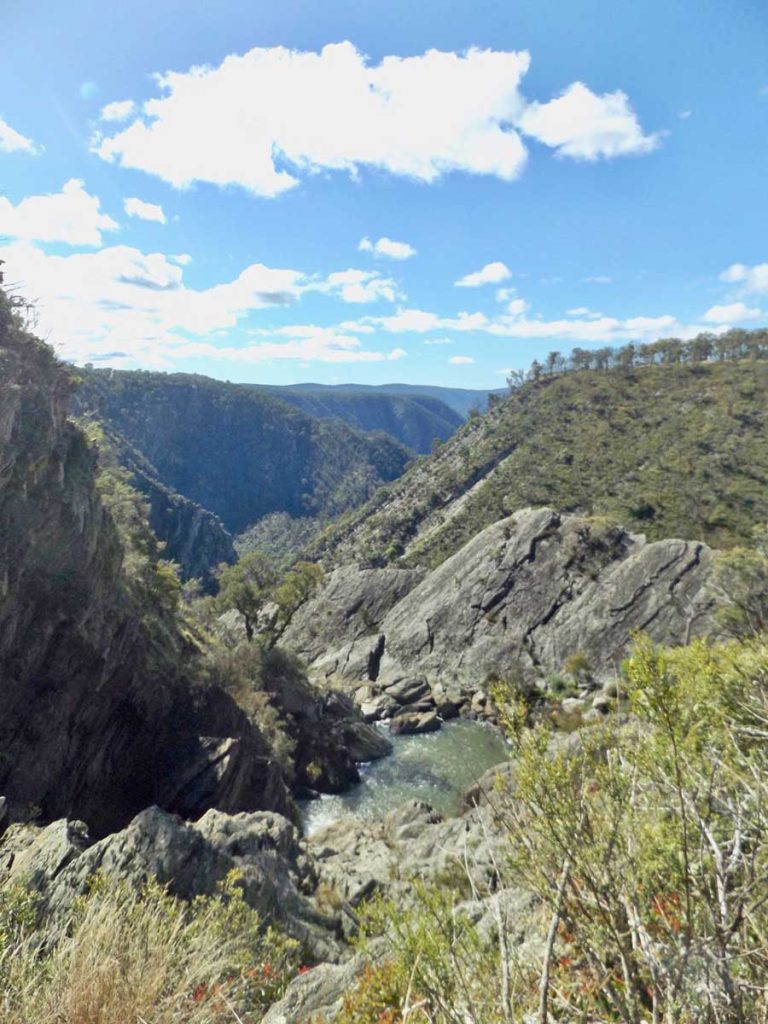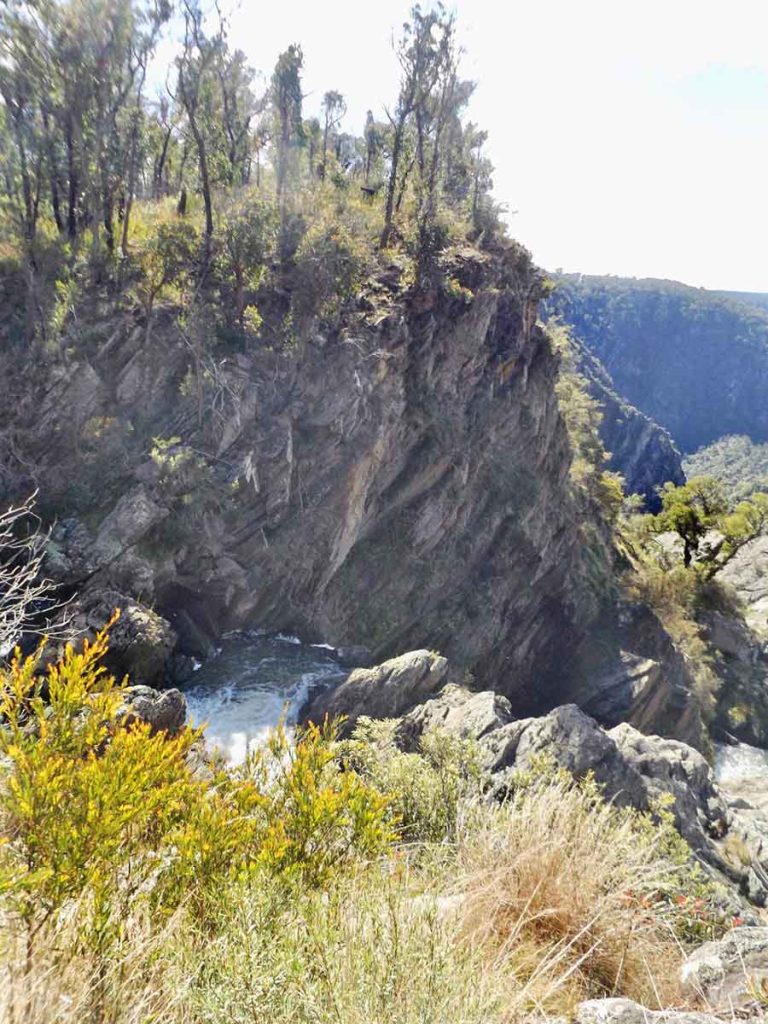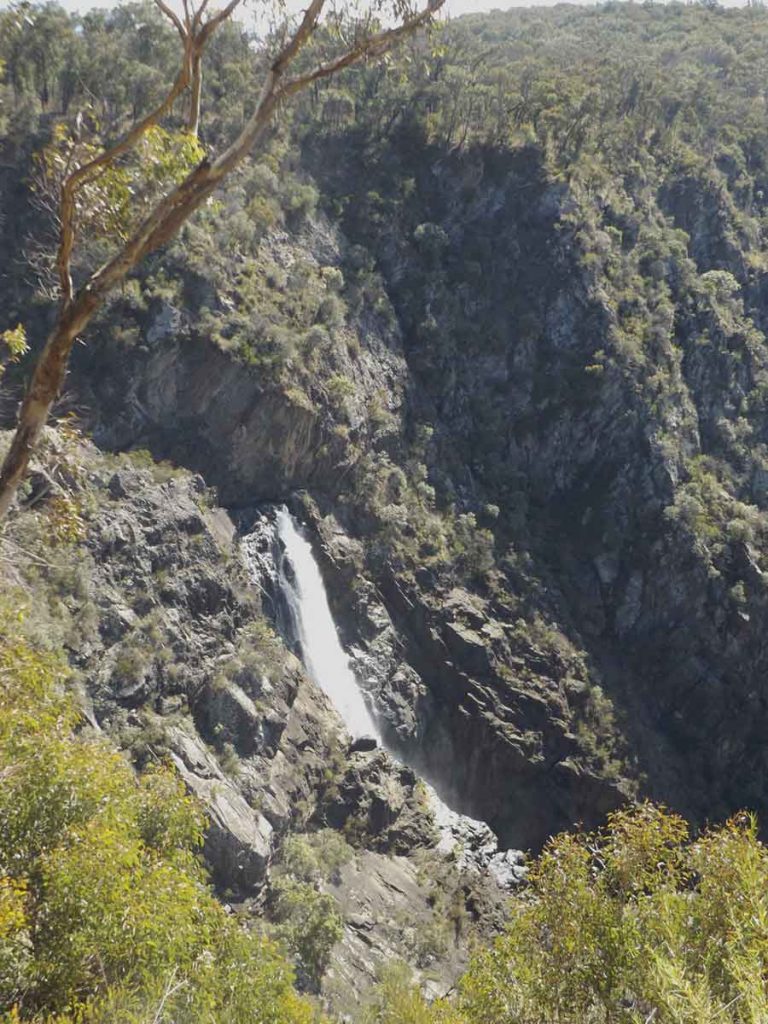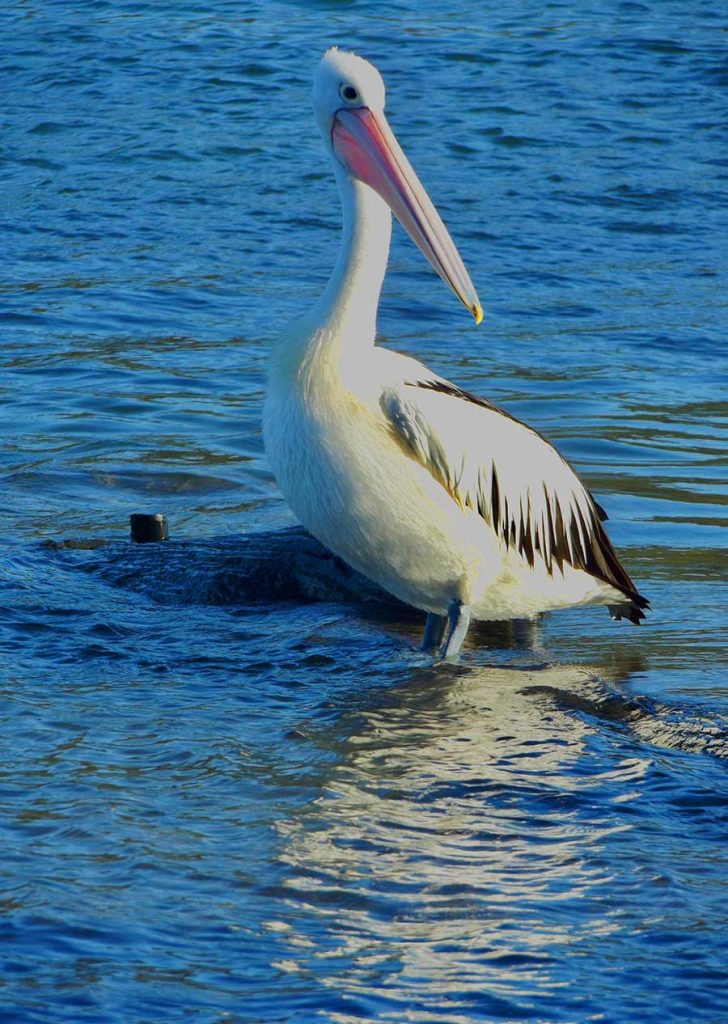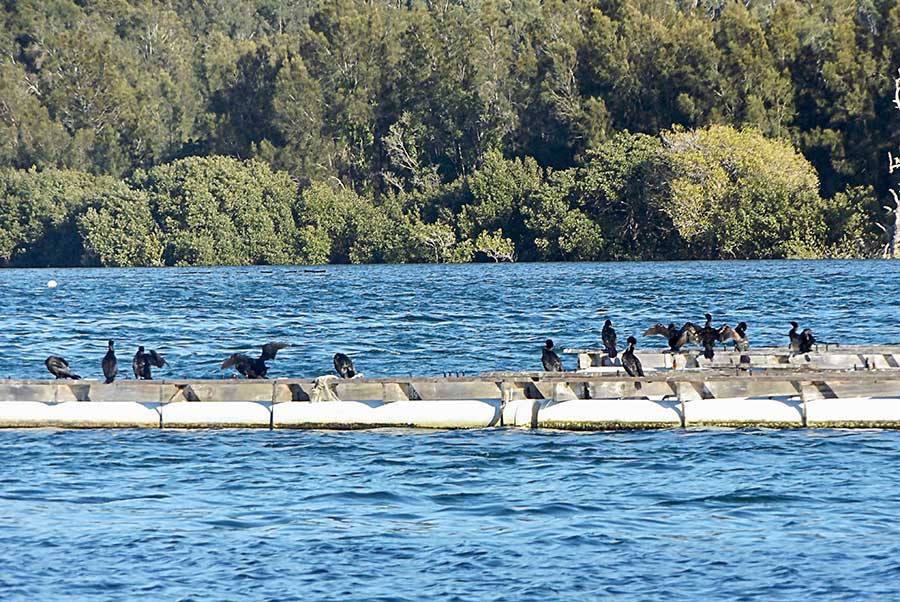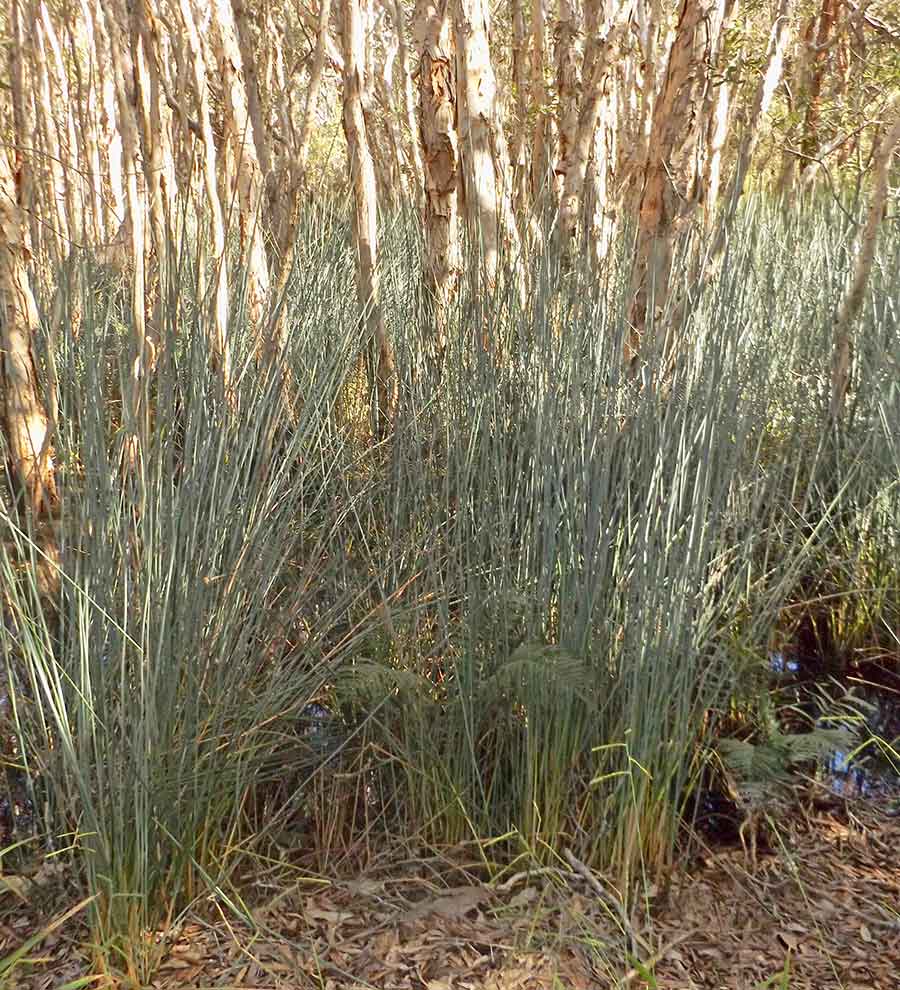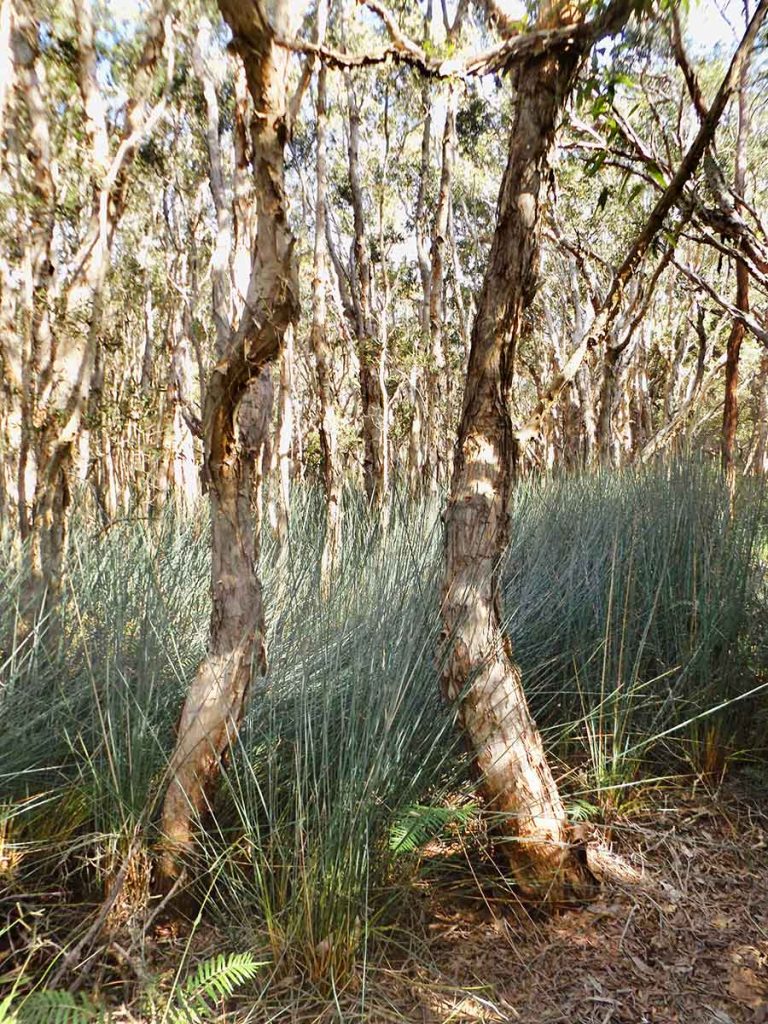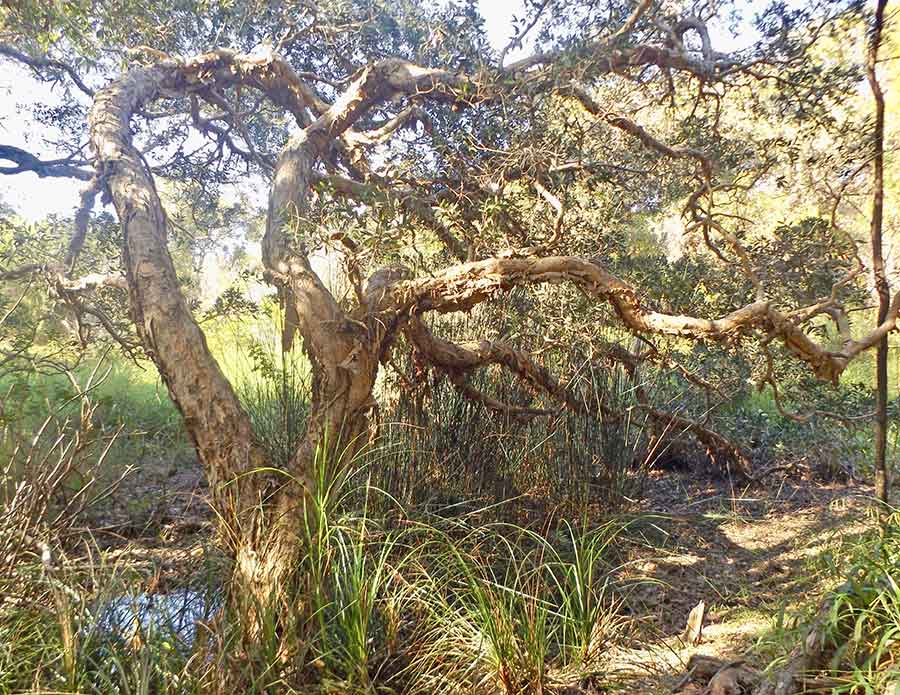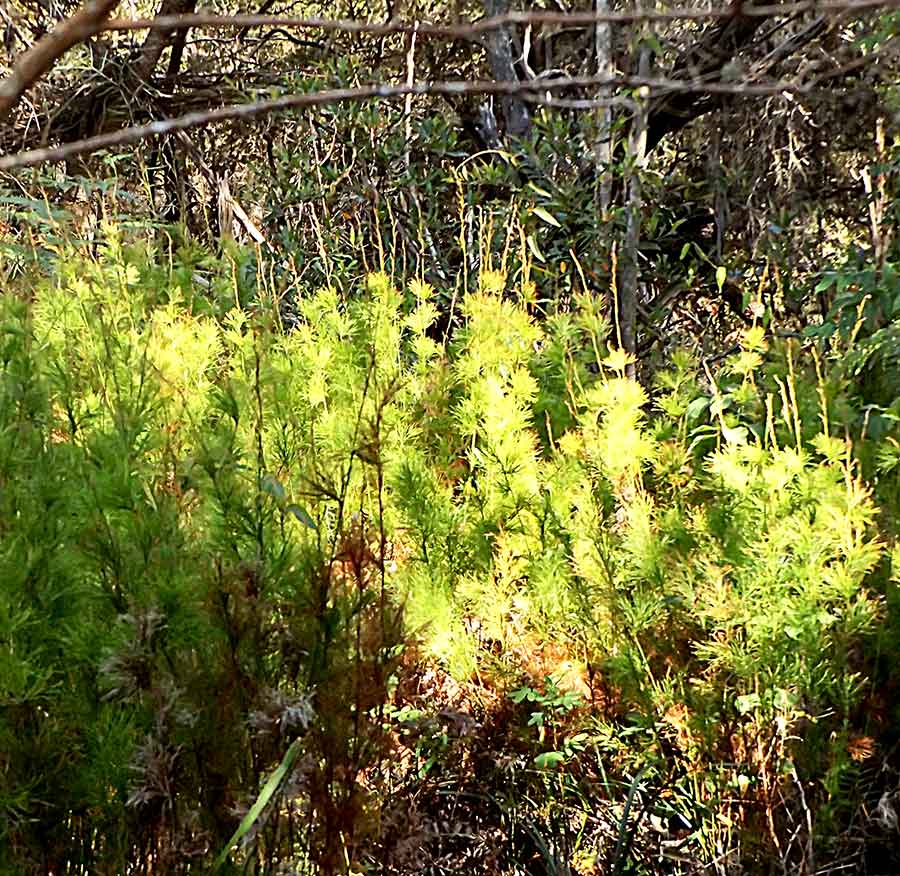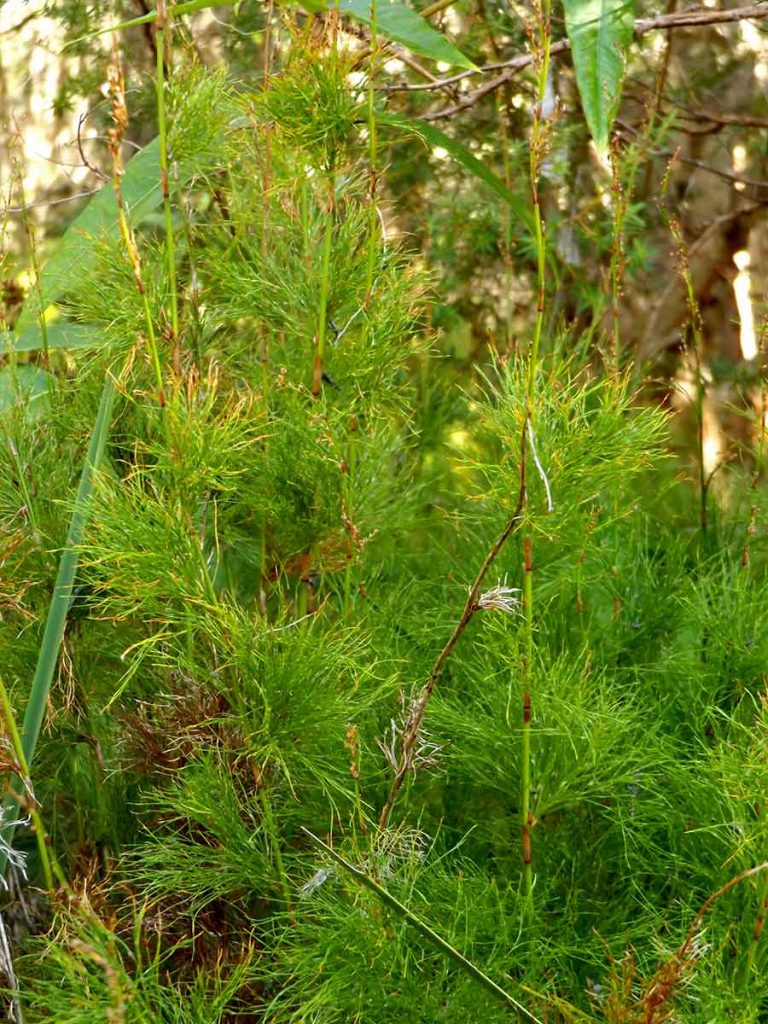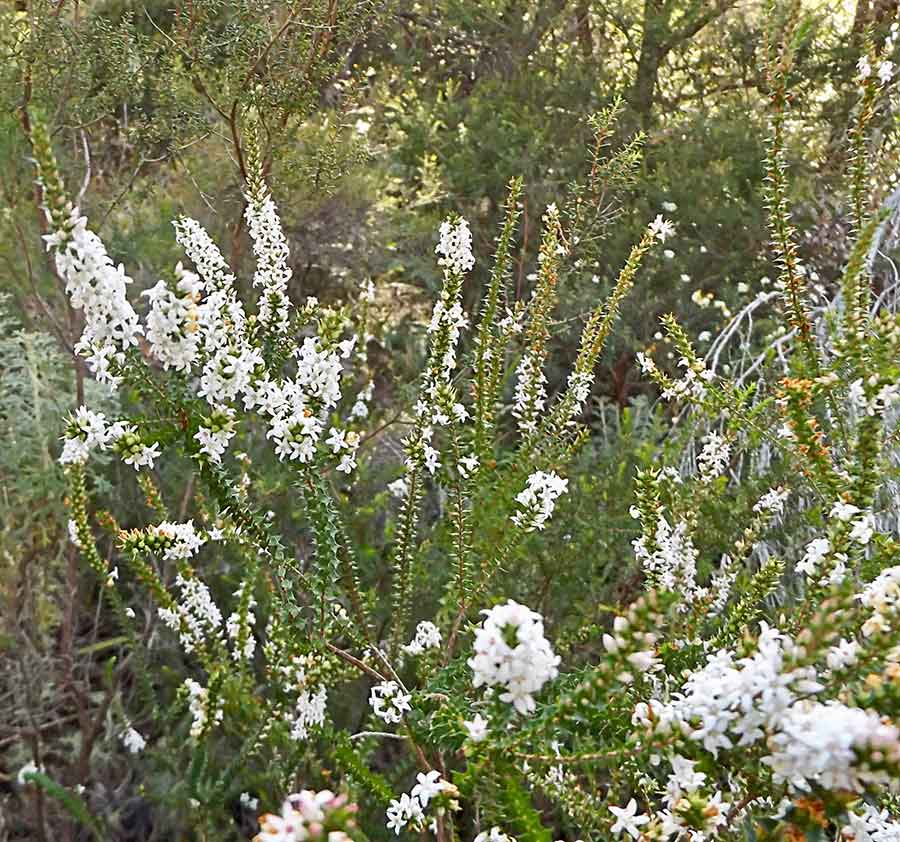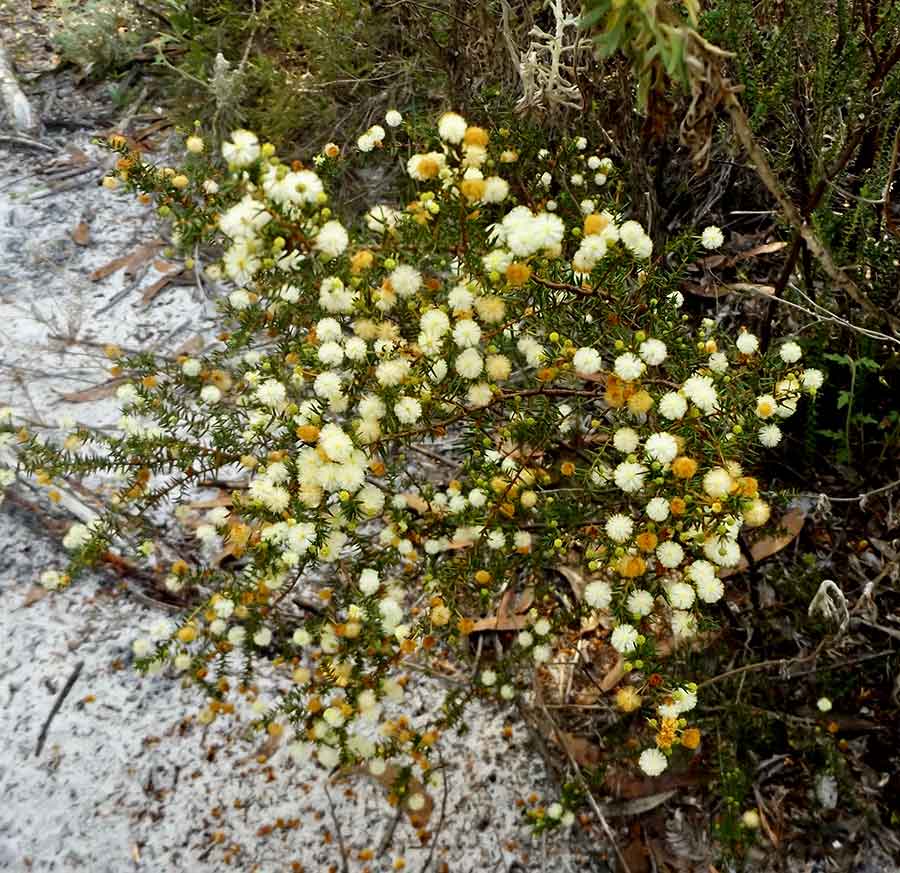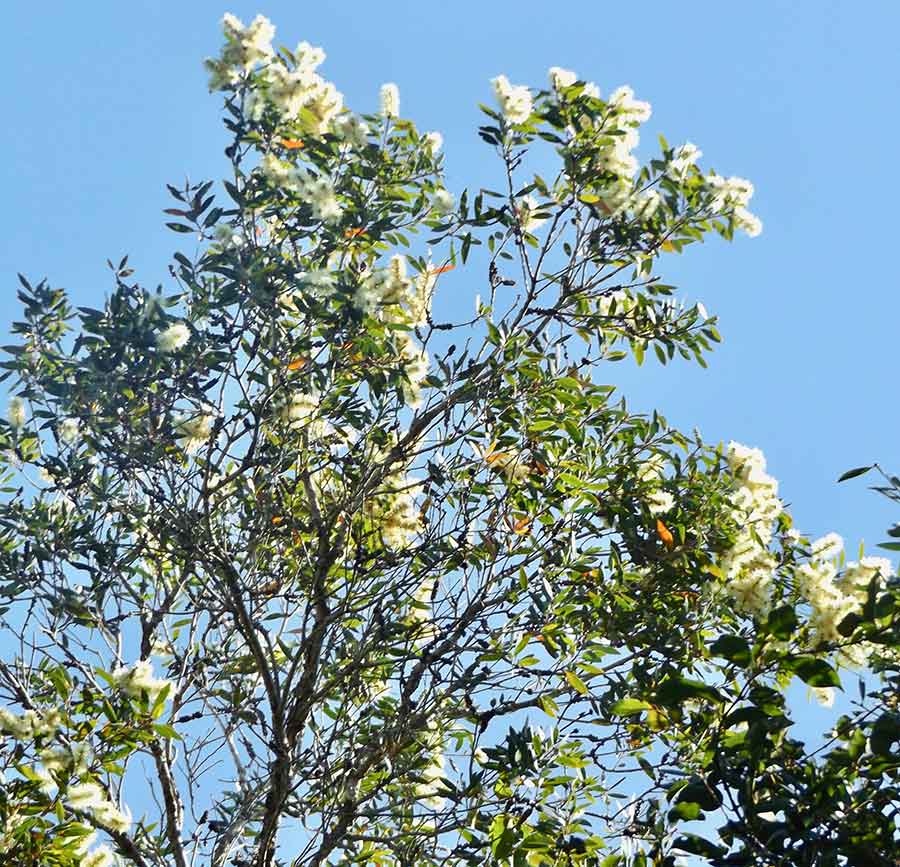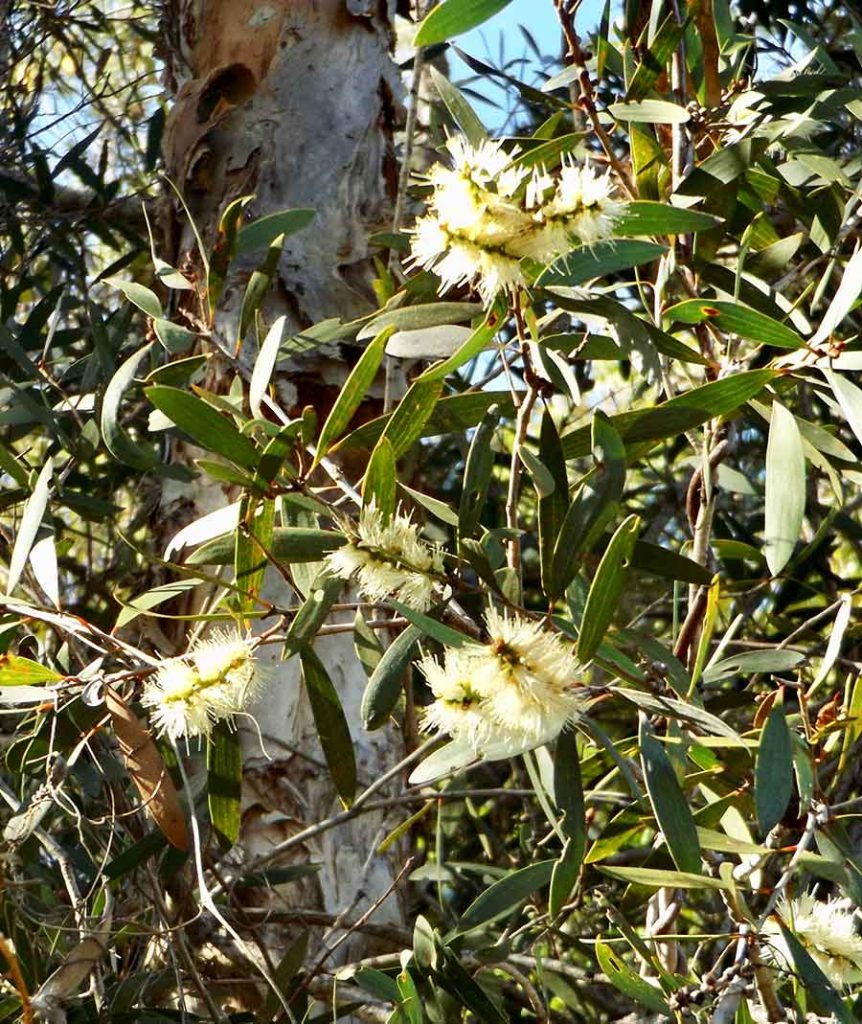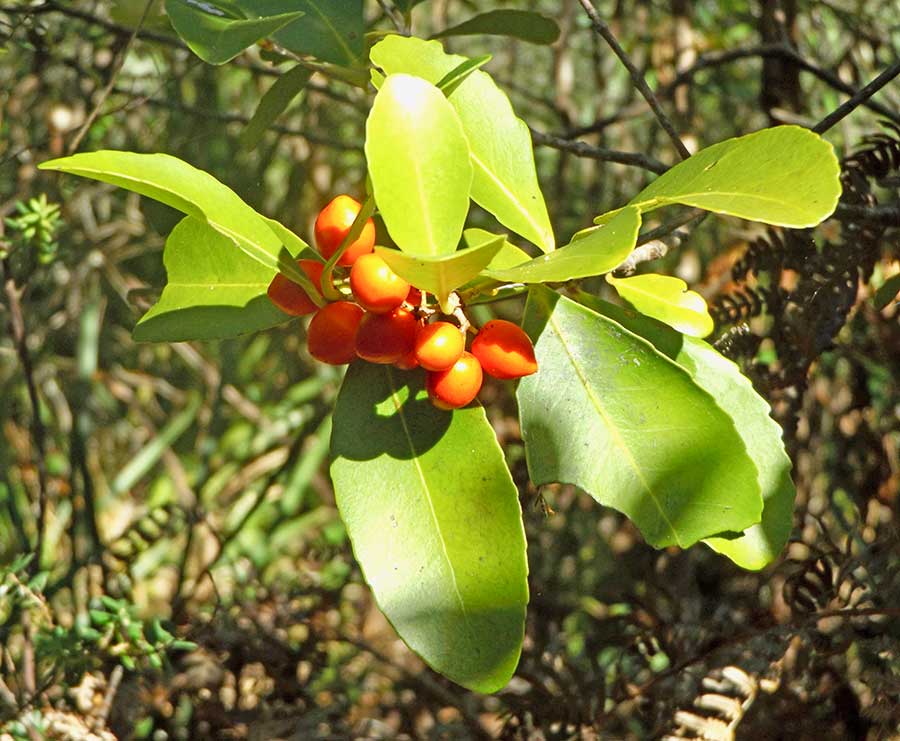Appropriately high for defending from invaders, with the Piacenza Hills in the background, the Castle Vigoleno remains impressive. In wonderful condition, given it was built in the 10th century, it stayed in the one family for five centuries or so.
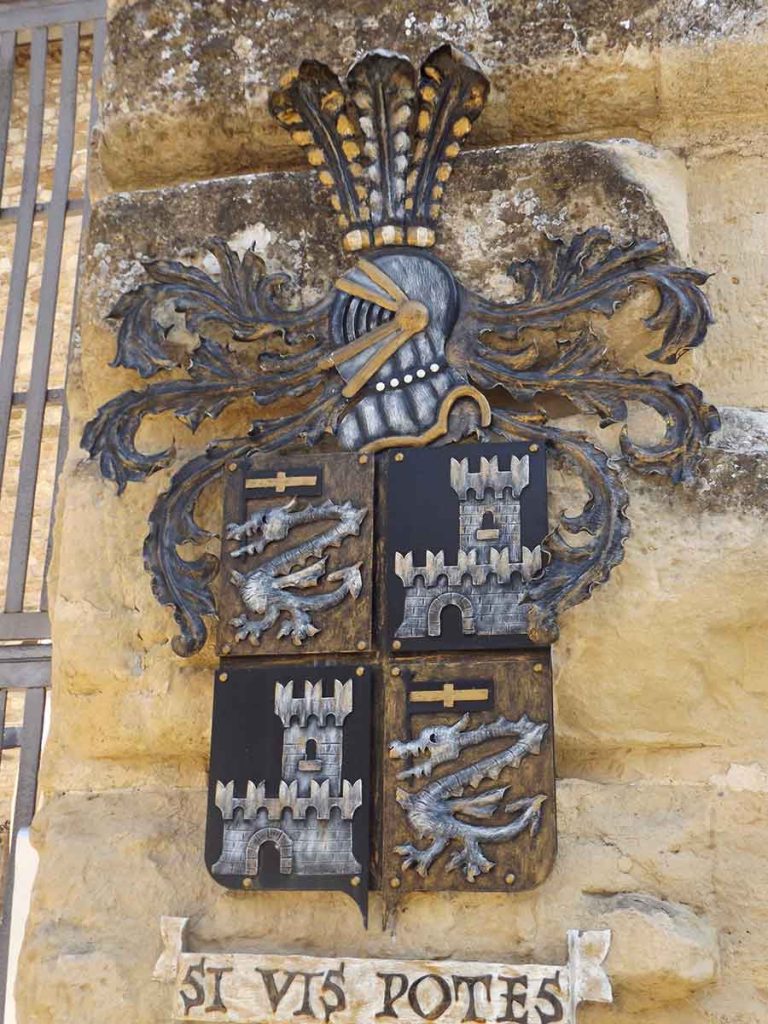
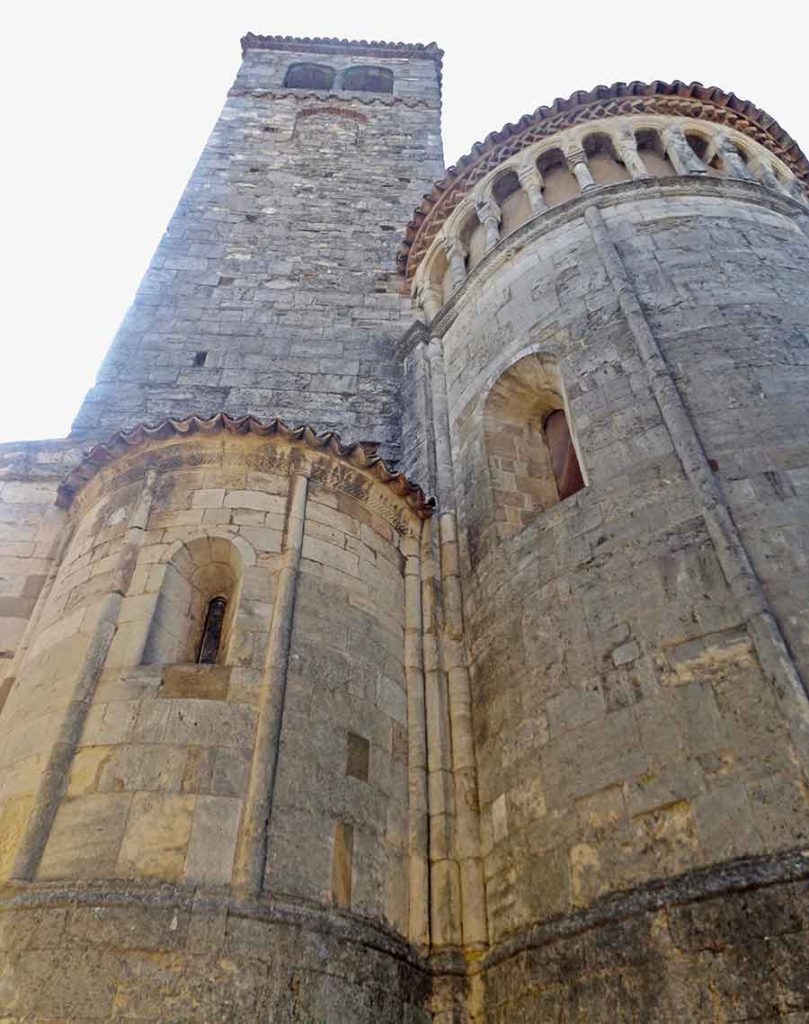
It is a grand and sprawling ridgetop complex, really a fortified medieval village, with a classy restaurant, San Giorgio, I assume named after St George of dragon-slaying fame, as on the crest. We could not see inside the apparently gorgeously appointed event centre venue and hotel rooms, nor tour the castle. Wrong day.
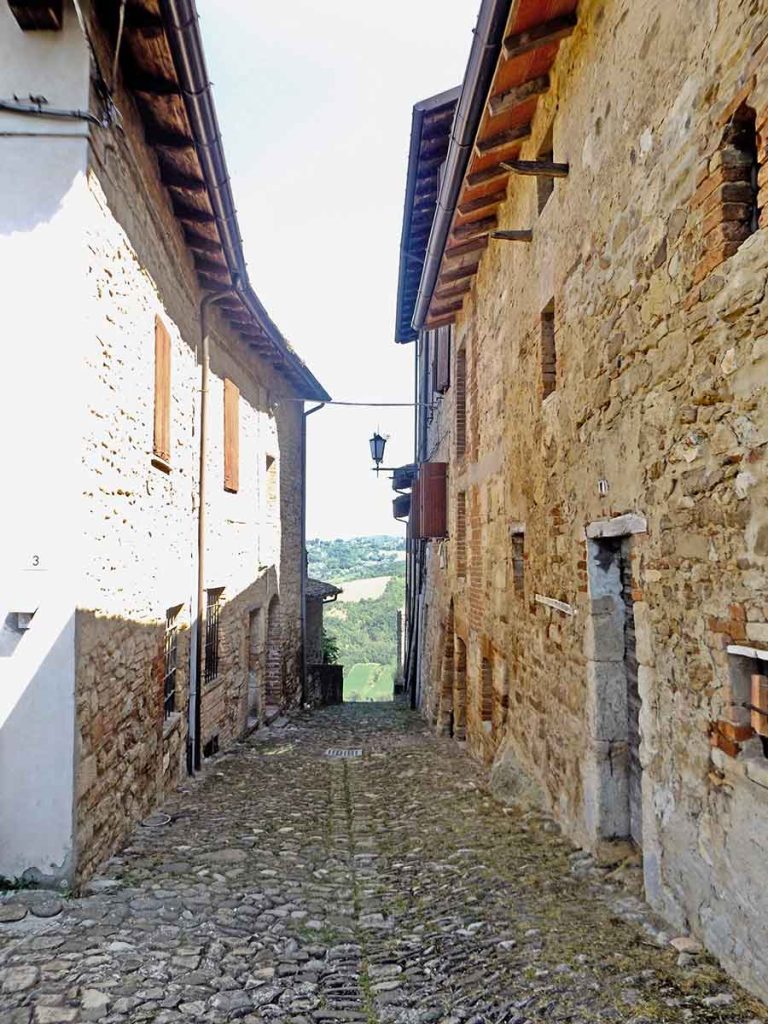
But we could wander down the cobbled alleys past occupied houses and admire the views of the valleys far below.
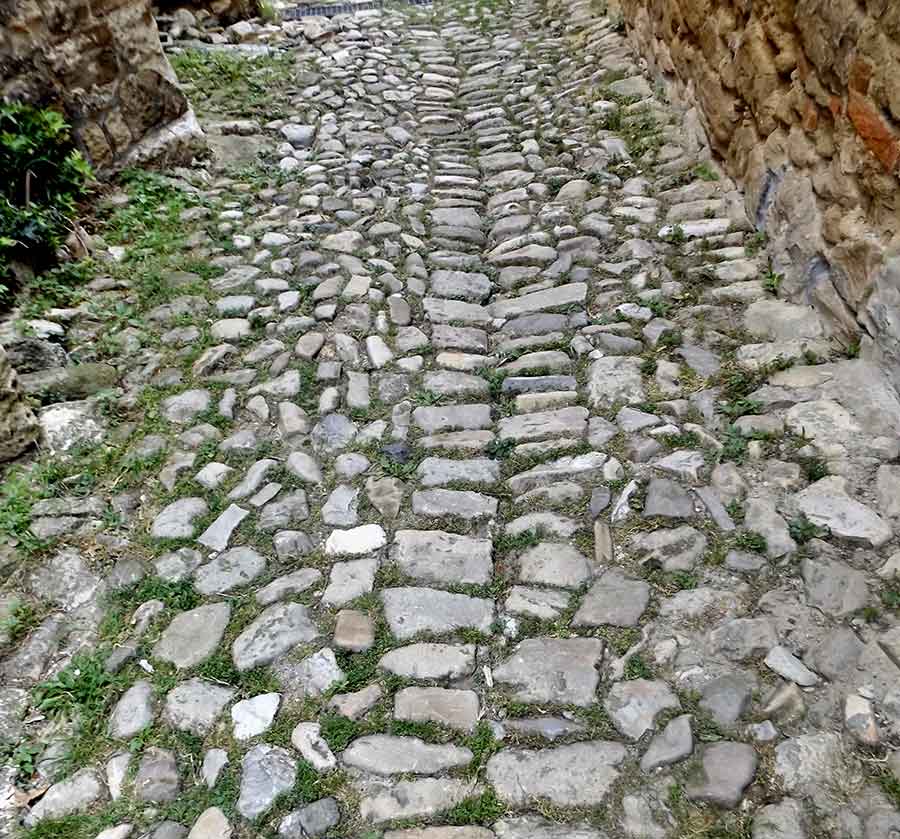
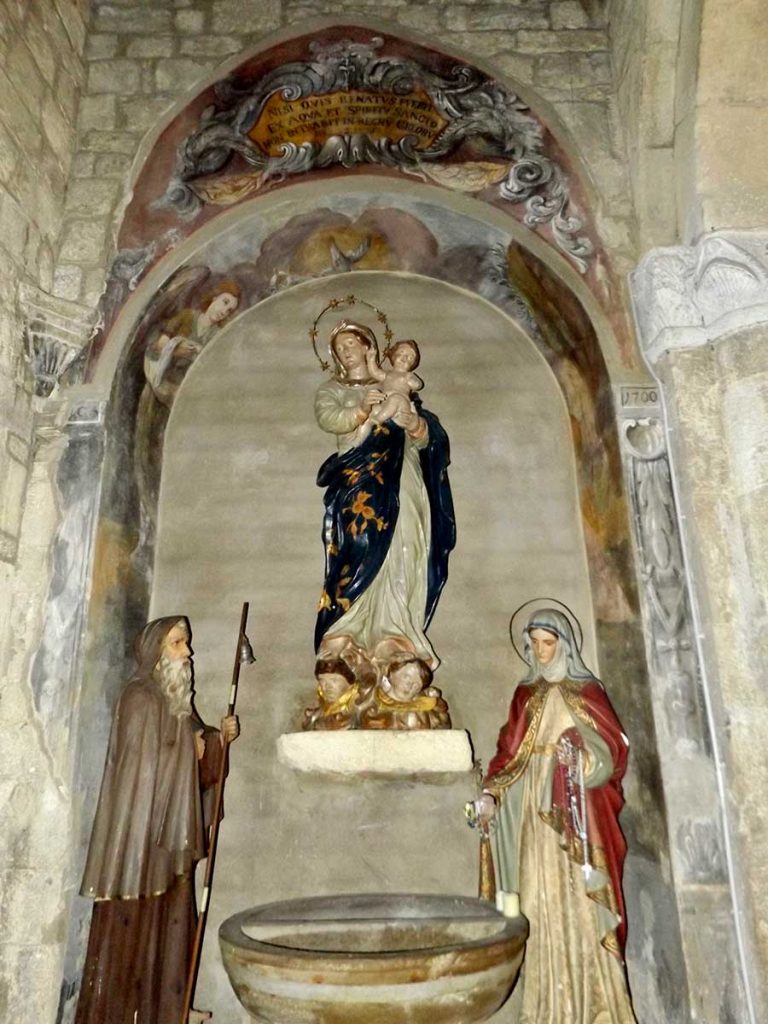
And we could enter the 12th century church, a mere eight centuries old!
This Madonna puzzled us; why is she standing on unhappy heads, and why is the bellringer for lepers beside her? If I find out, I’ll let you know…
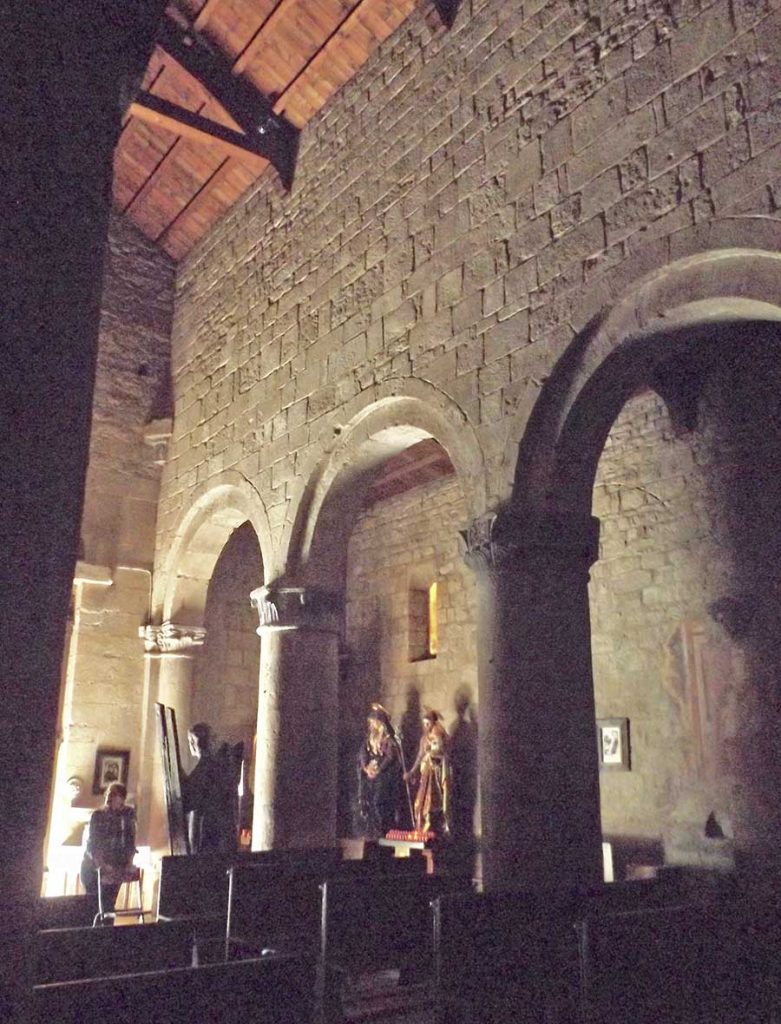
The church was dark, but its massive supporting columns loomed large. My arms could not reach around such a solid bulk.
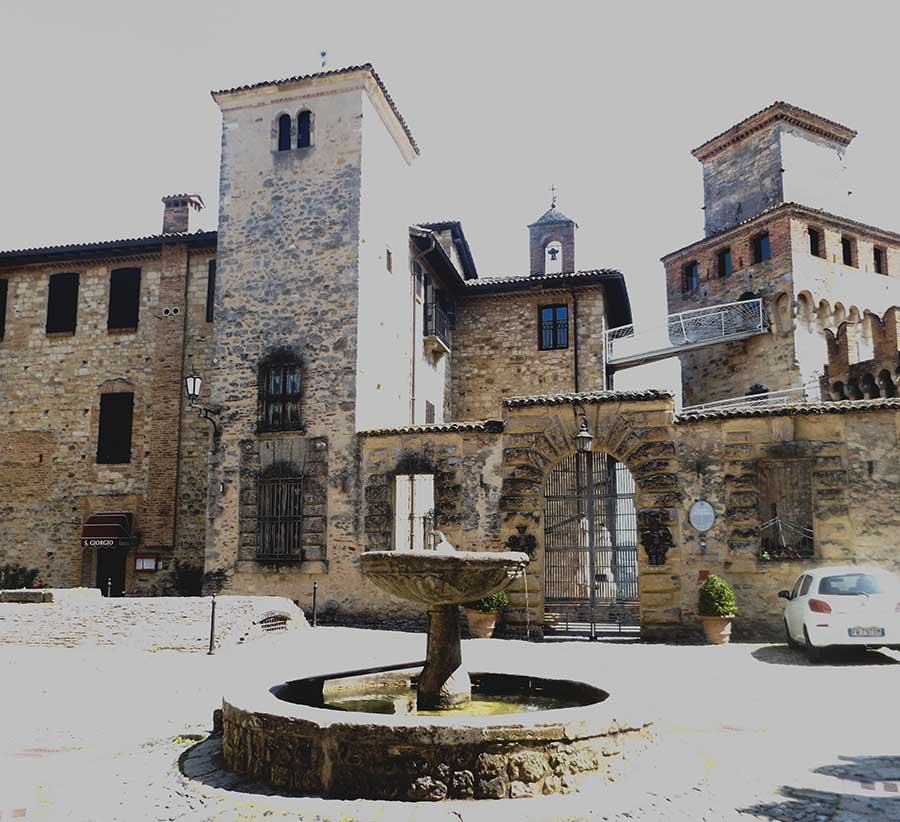
Here I have to confess that en route to this Castello Vigoleno my camera settings dial must have been bumped so all the outside photos were overexposed. Sorry: mi dispiace! But you can get an idea of its grandeur. This is the main courtyard, with the restaurant and fabulous view beyond.
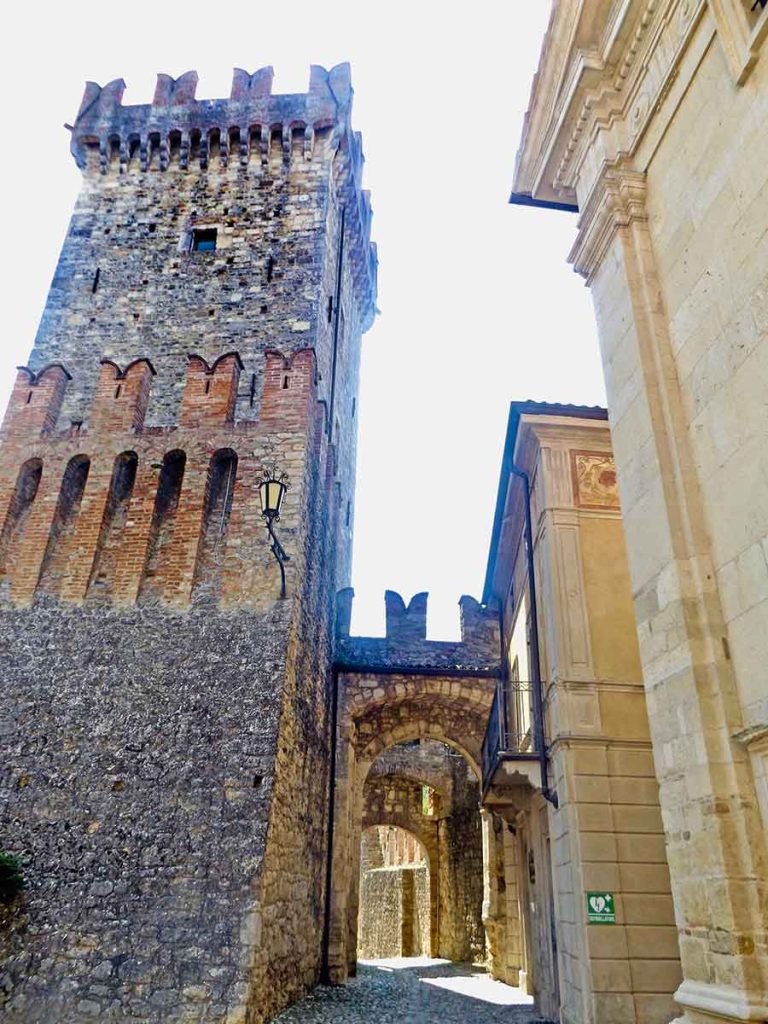
The distinctive swallow-tailed tops or merlons were for sheltering behind as you fought through the slits. Iron grilles would have been lowered at the entry to the outer walls and to the main castle.
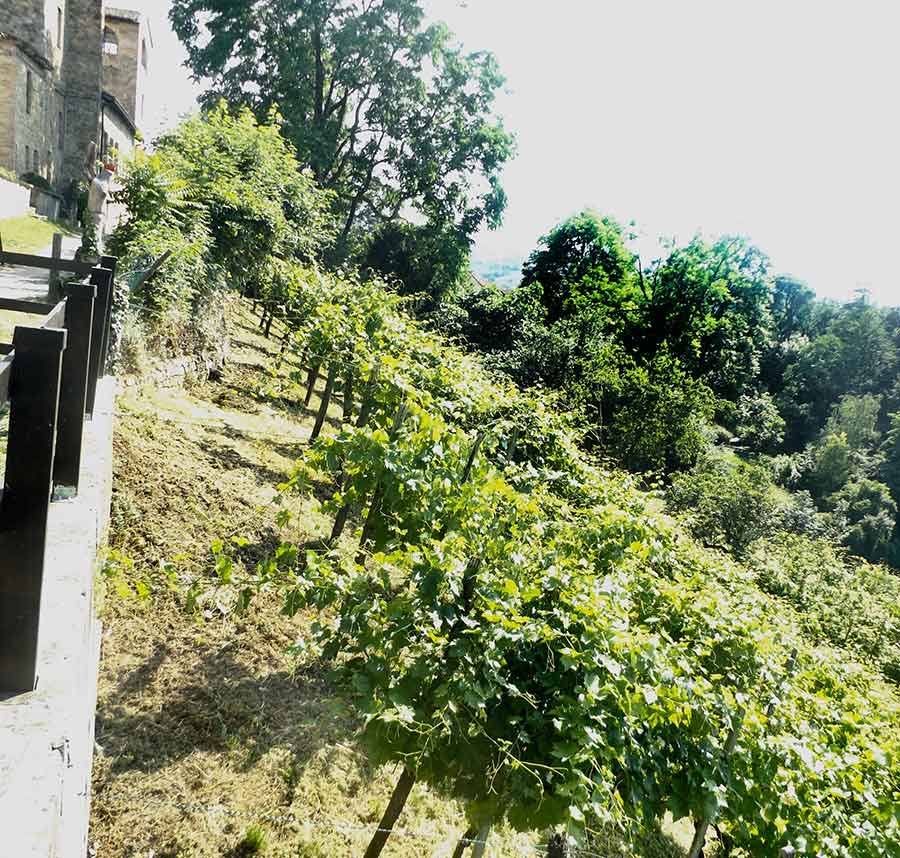
This is prized wine grape growing country, and no matter how steep, the soil of these hills are planted with best loved varieties, like Gutturnio. These vines are growing beneath the walls of the much more modest Castello Scipione. Also built about ten centuries ago, it has remained in the hands of the one noble family.
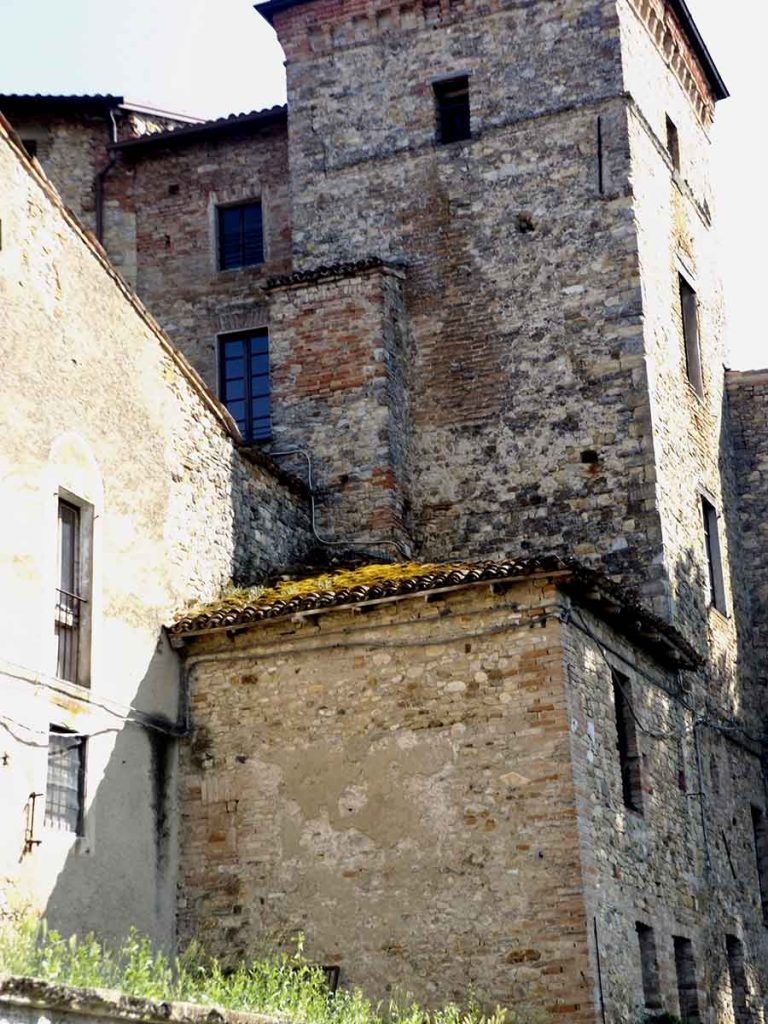
Of more homely appearance, Castello Scipione is also in greater need of repairs, with the typical narrow Italian bricks jostling with stones to shore up damage. As I walk over its rough cobbled lanes, I am somewhat overwhelmed to think of the feet that have walked here before me, so very long ago.
When we owned the old jail and residence at Minmi, I had the same feeling about the hollows worn in its slate steps… and it was less than 200 years old!
